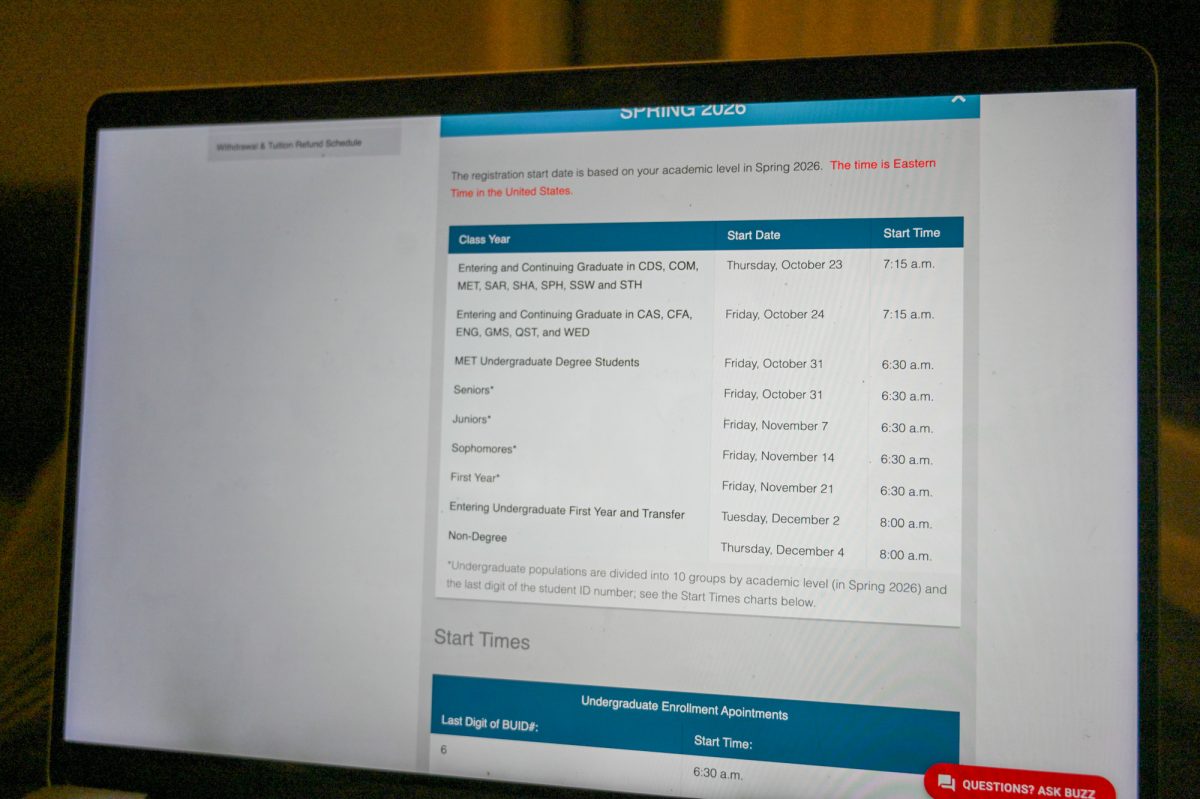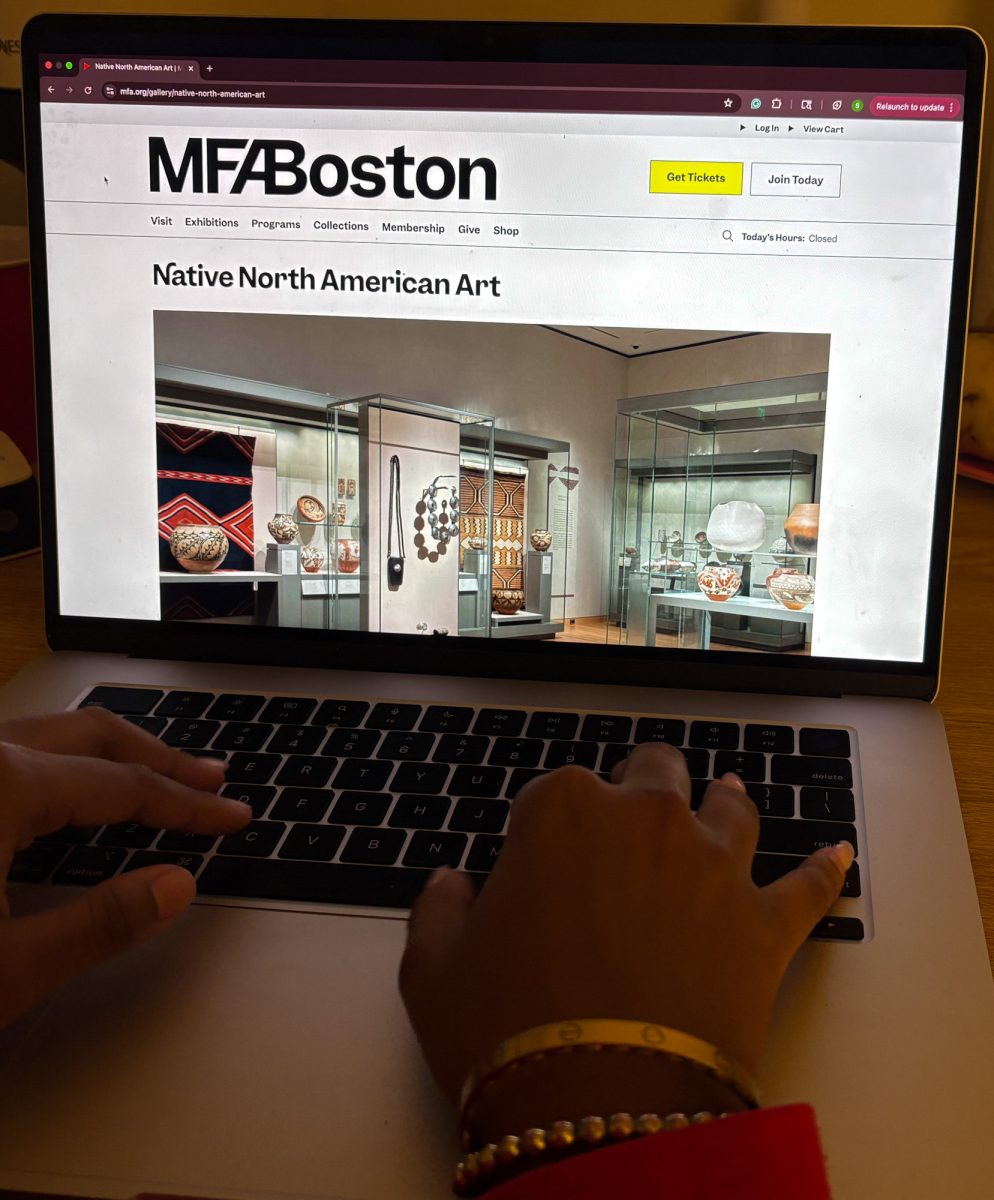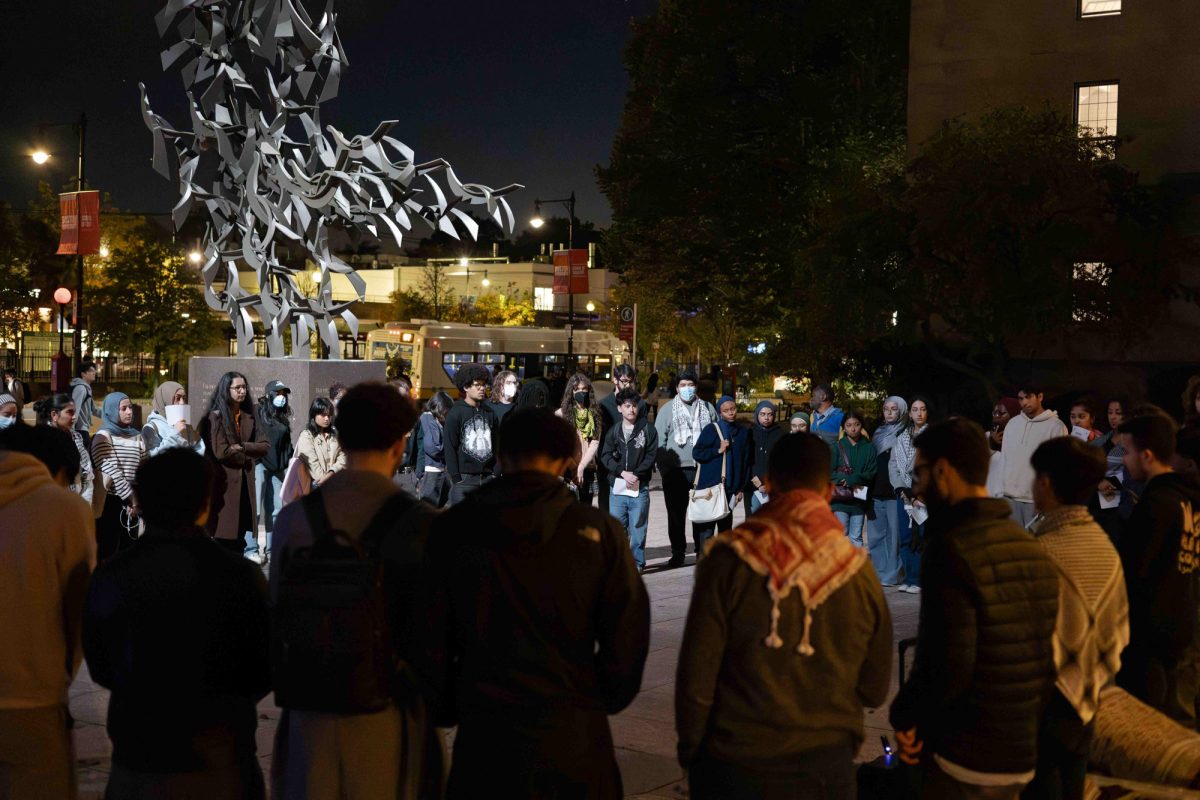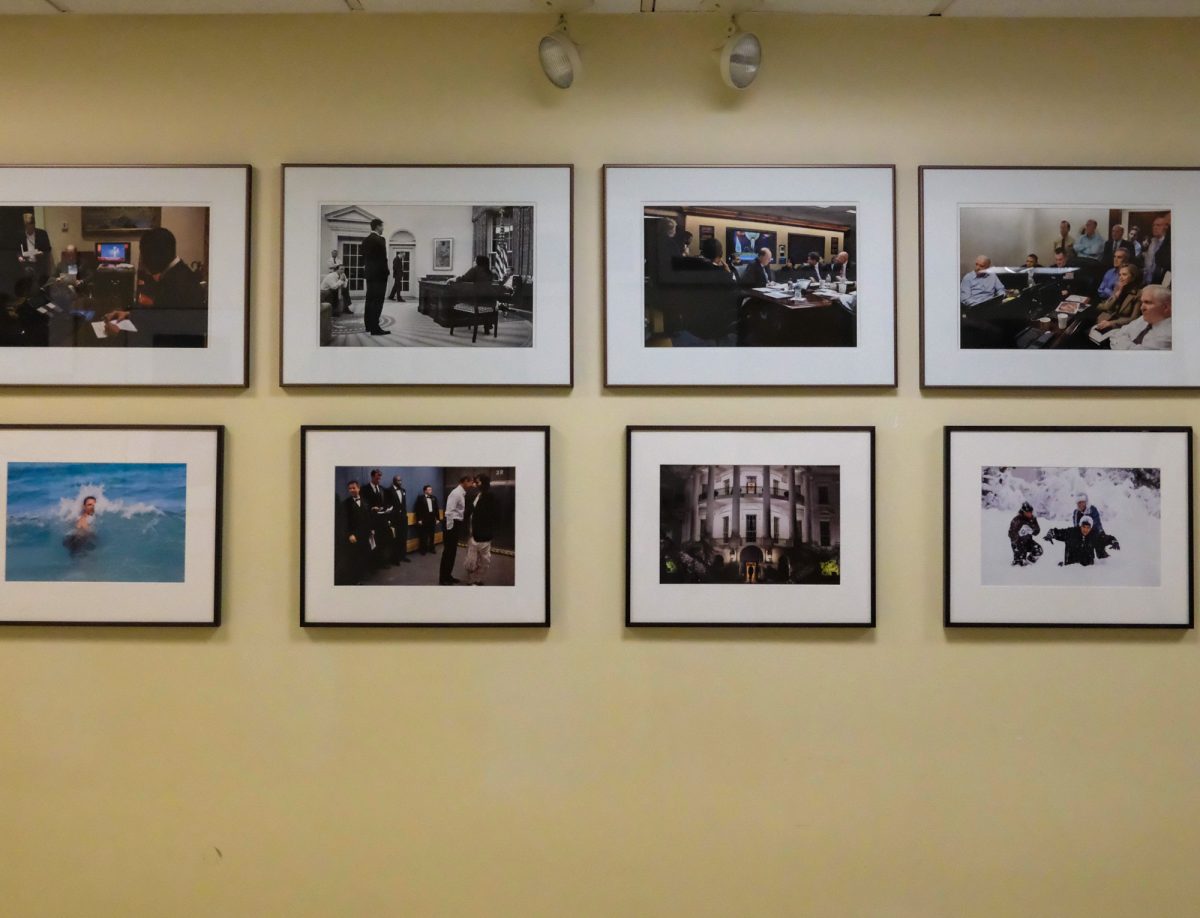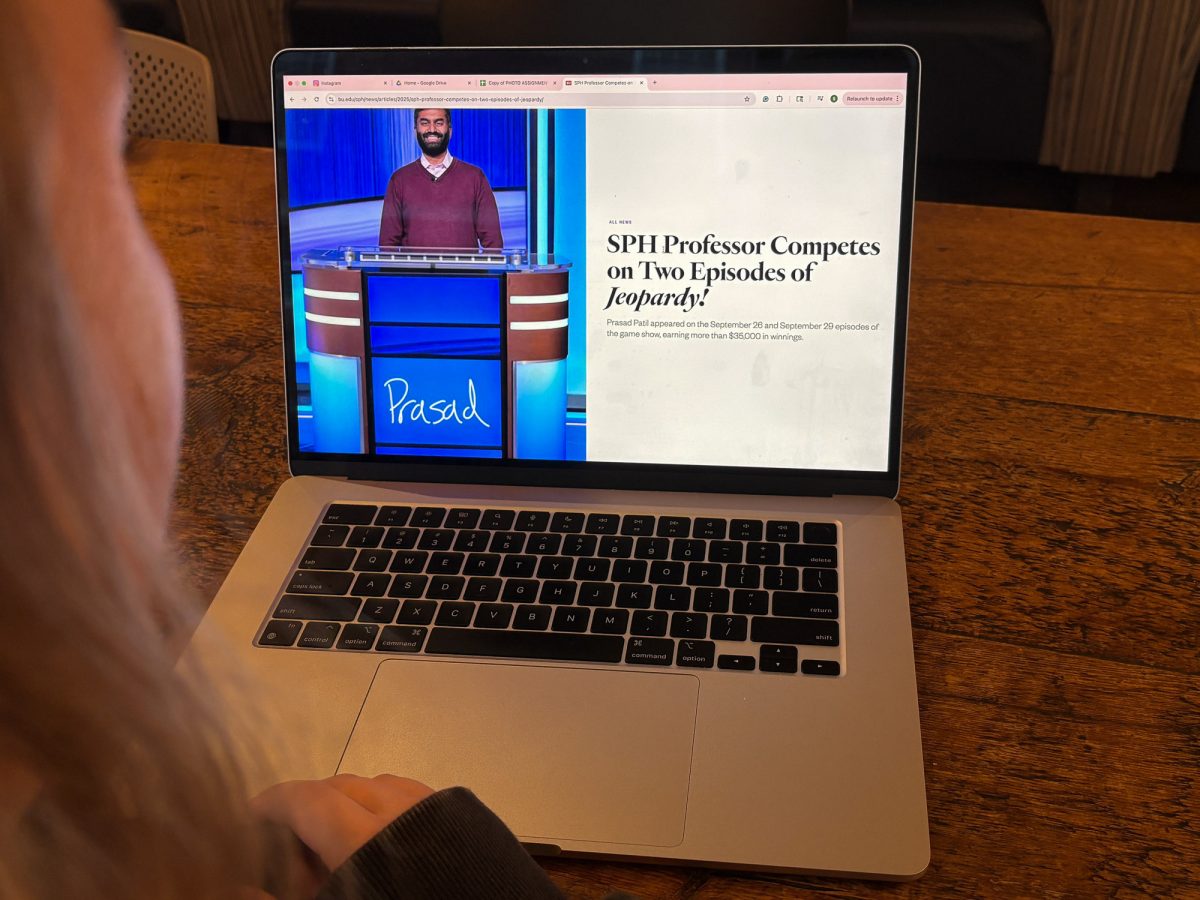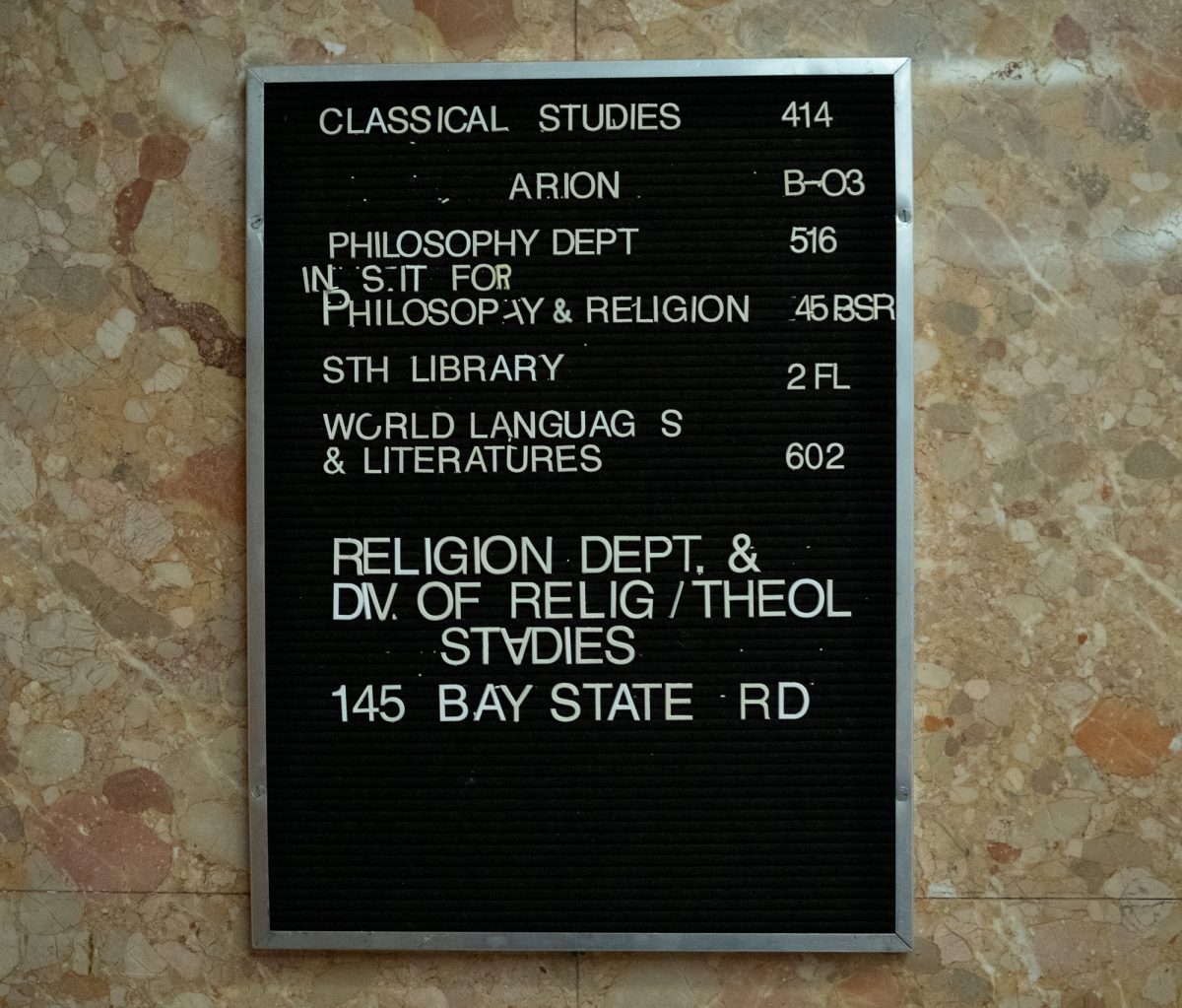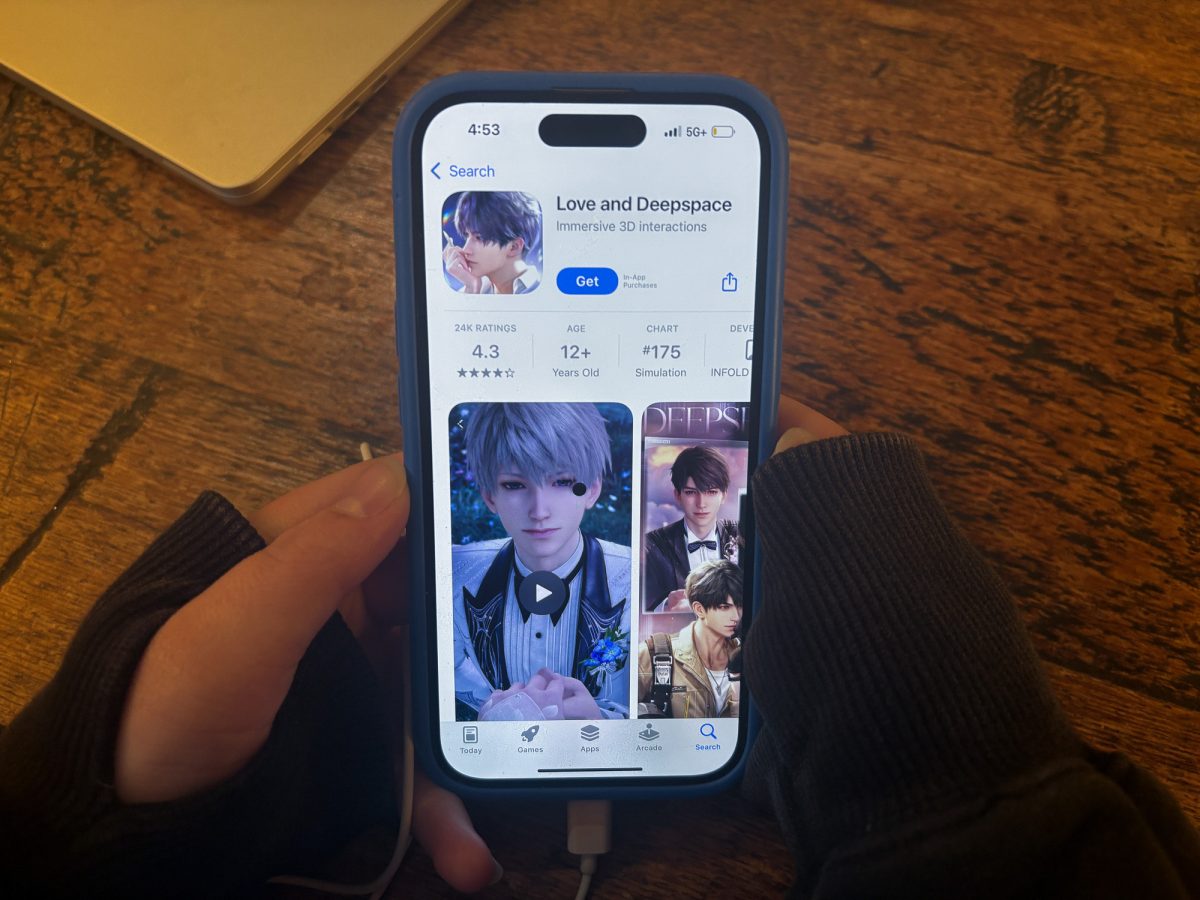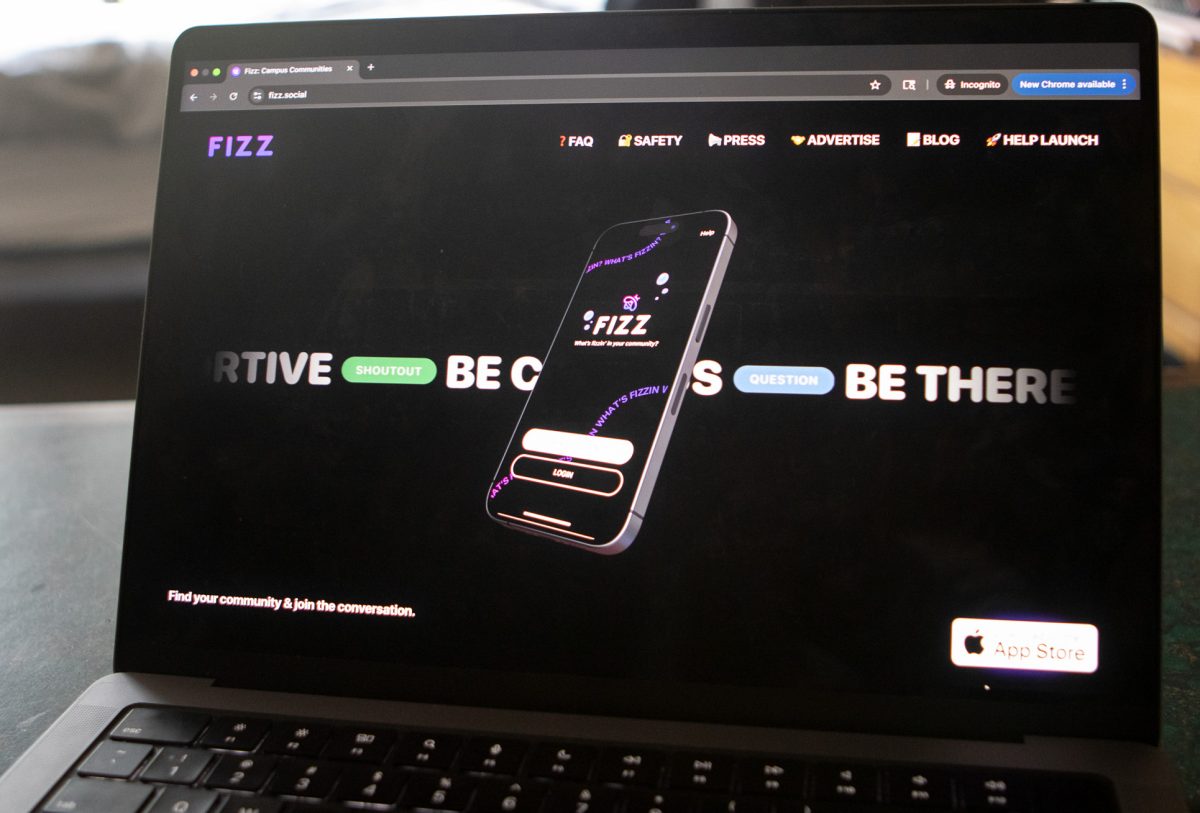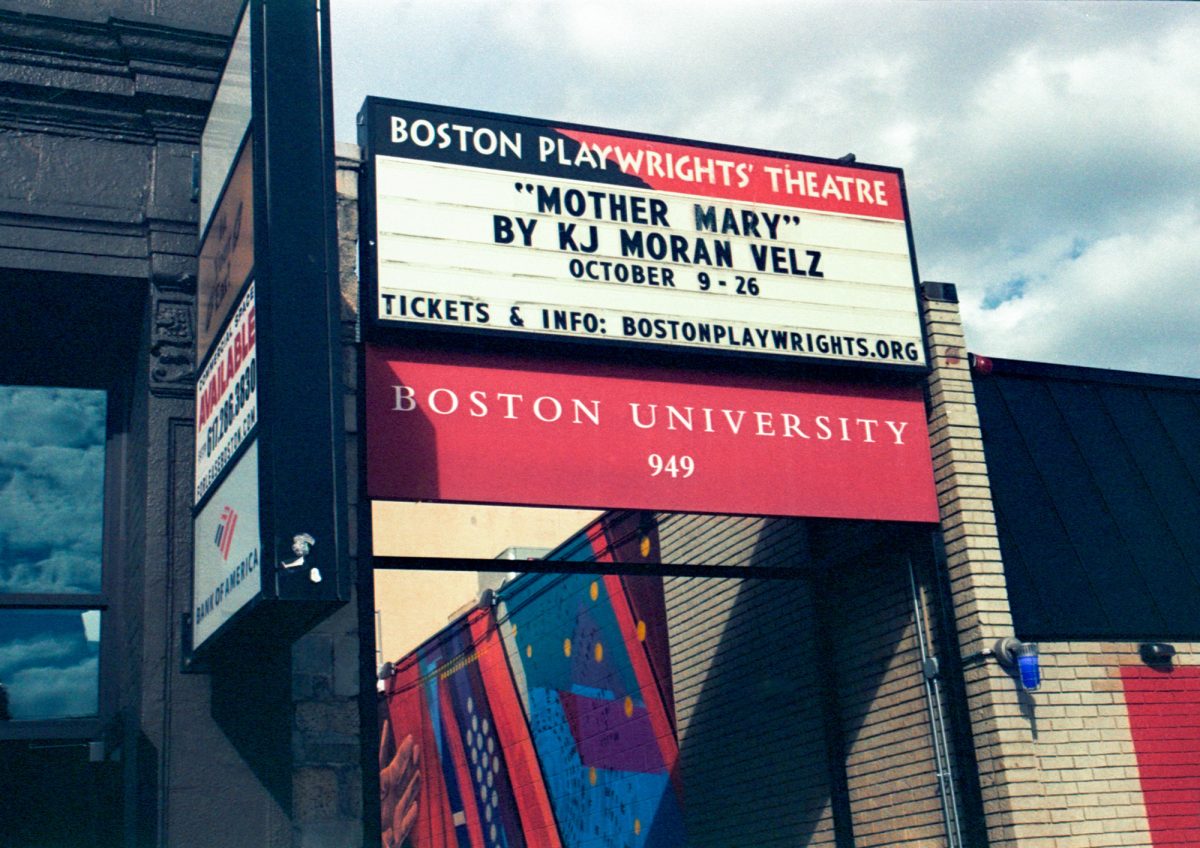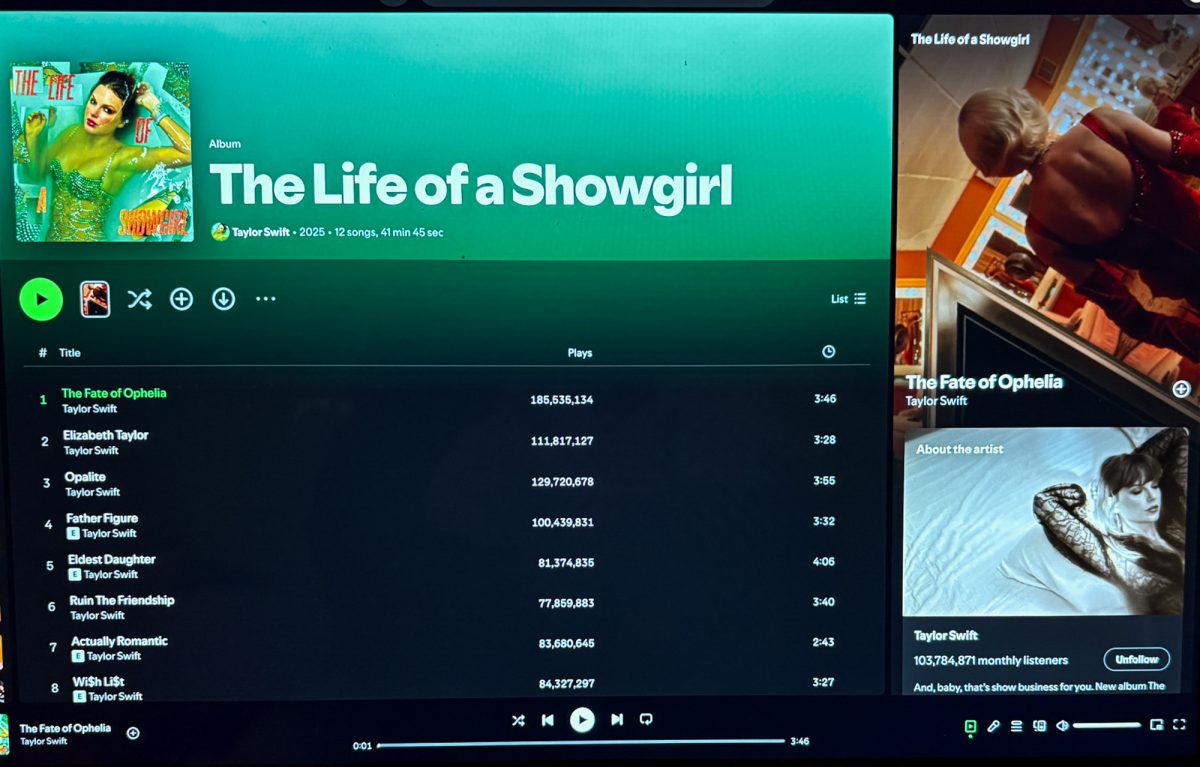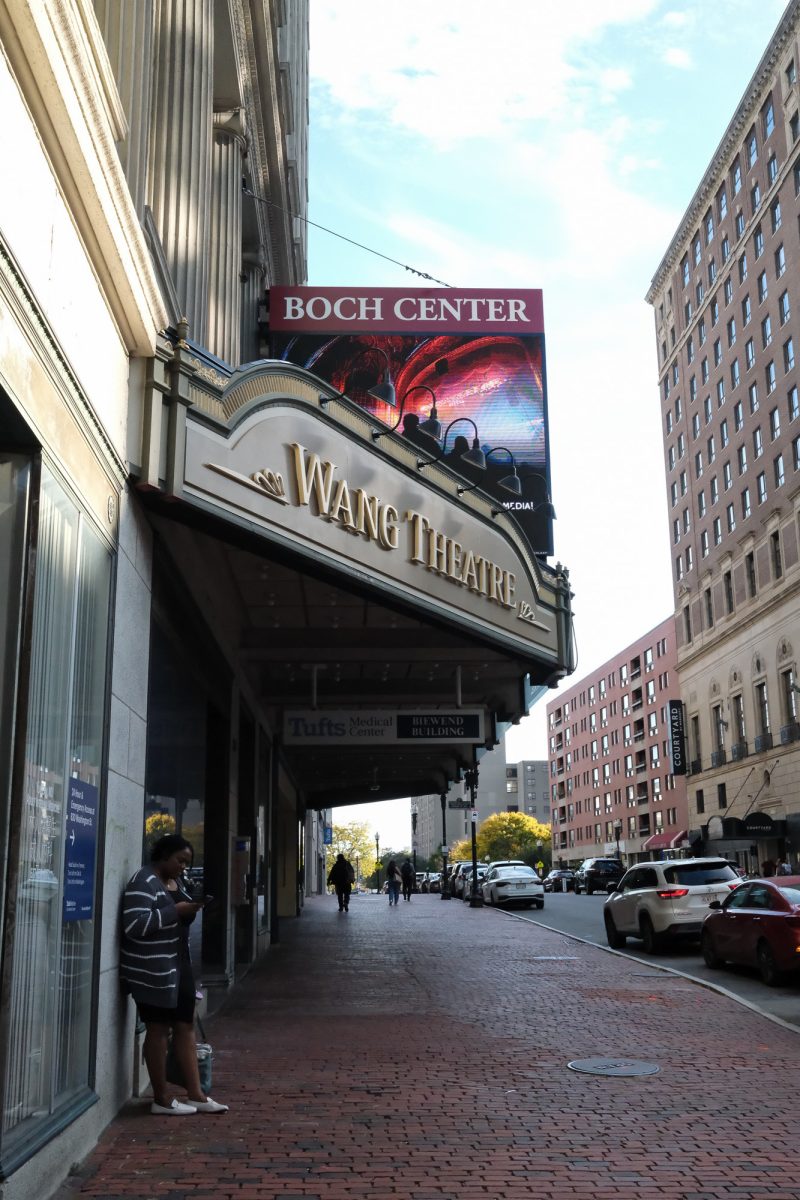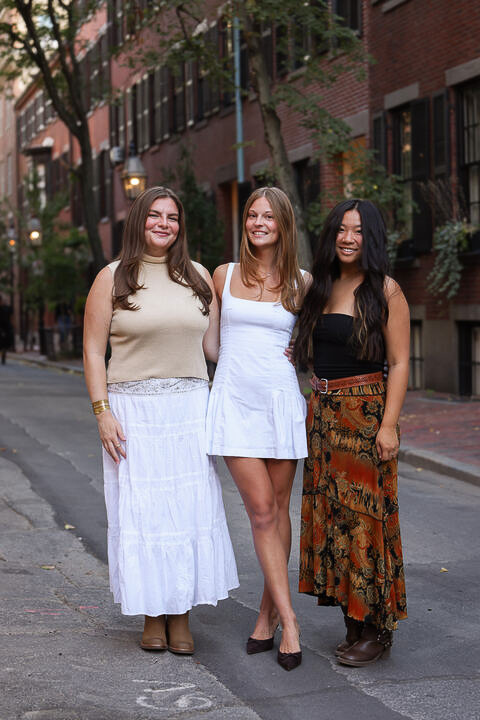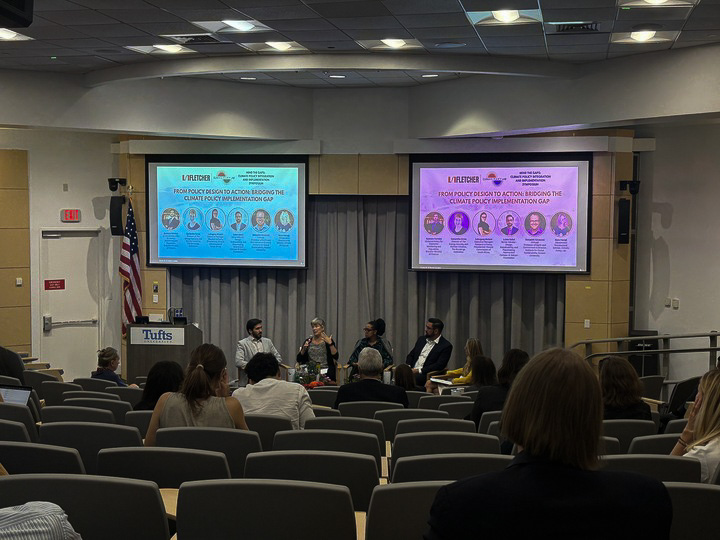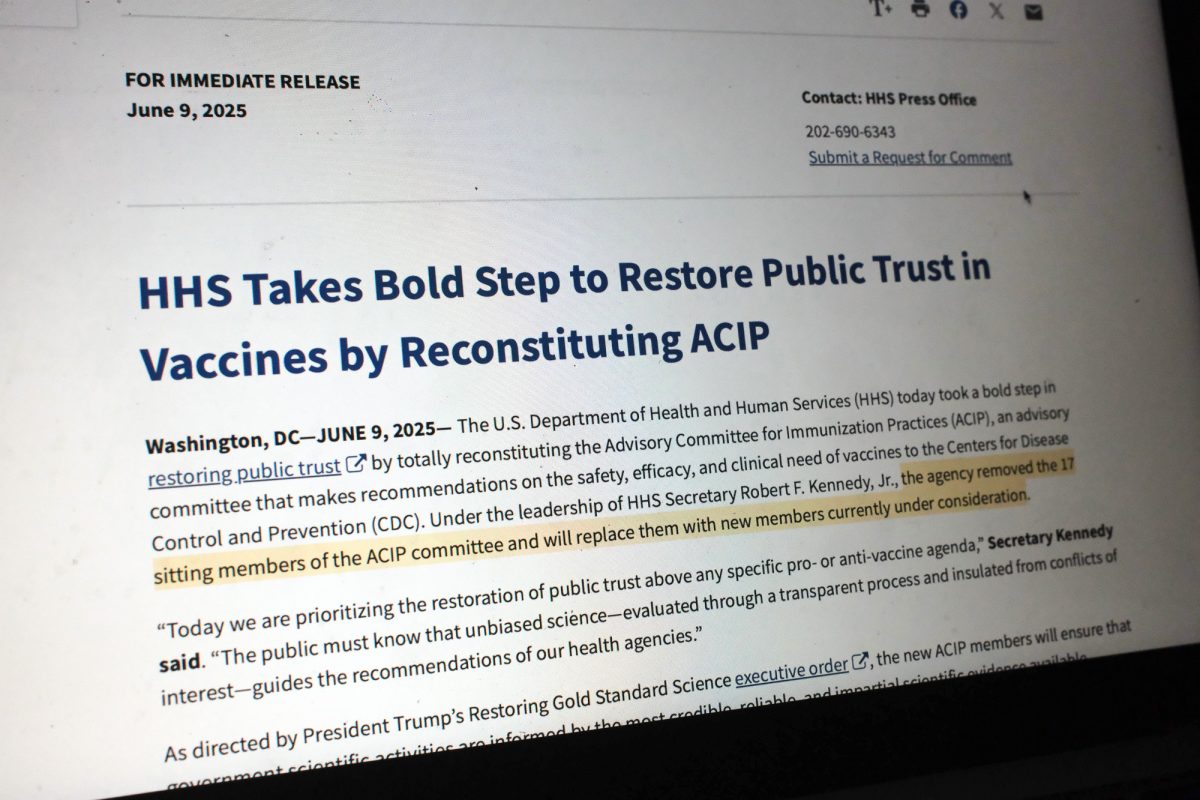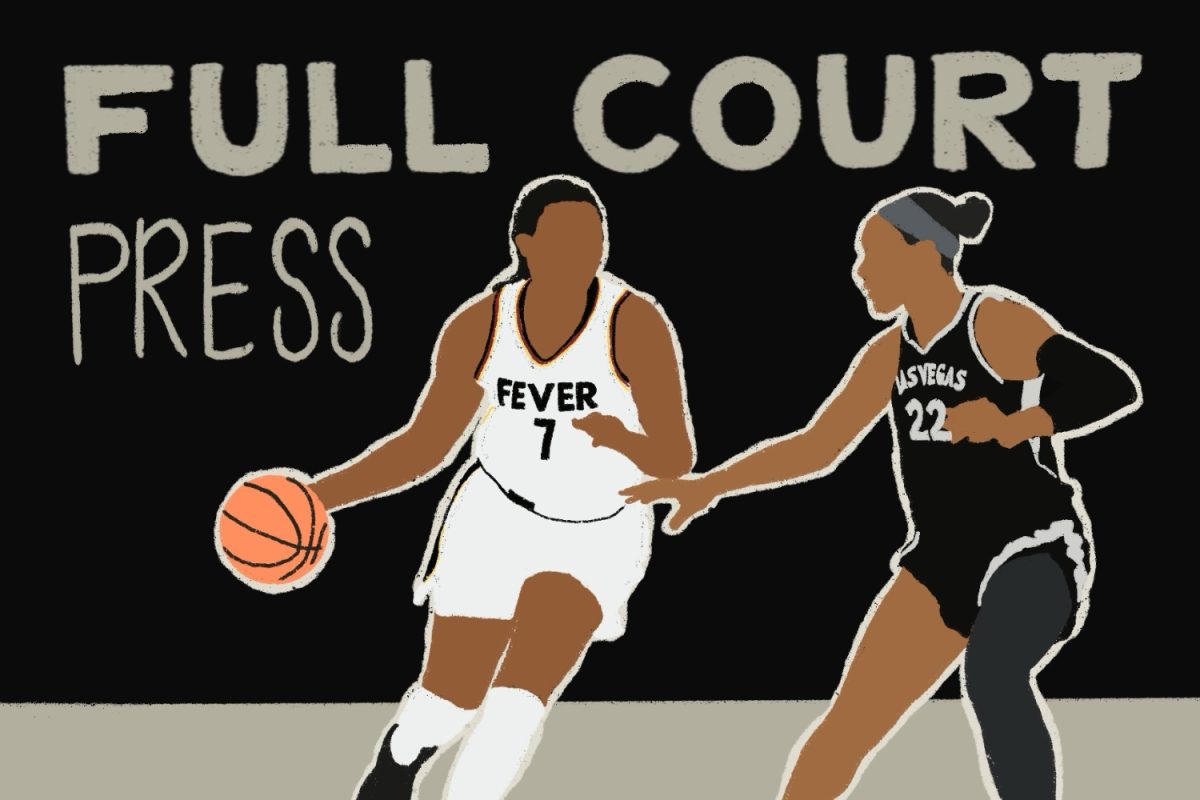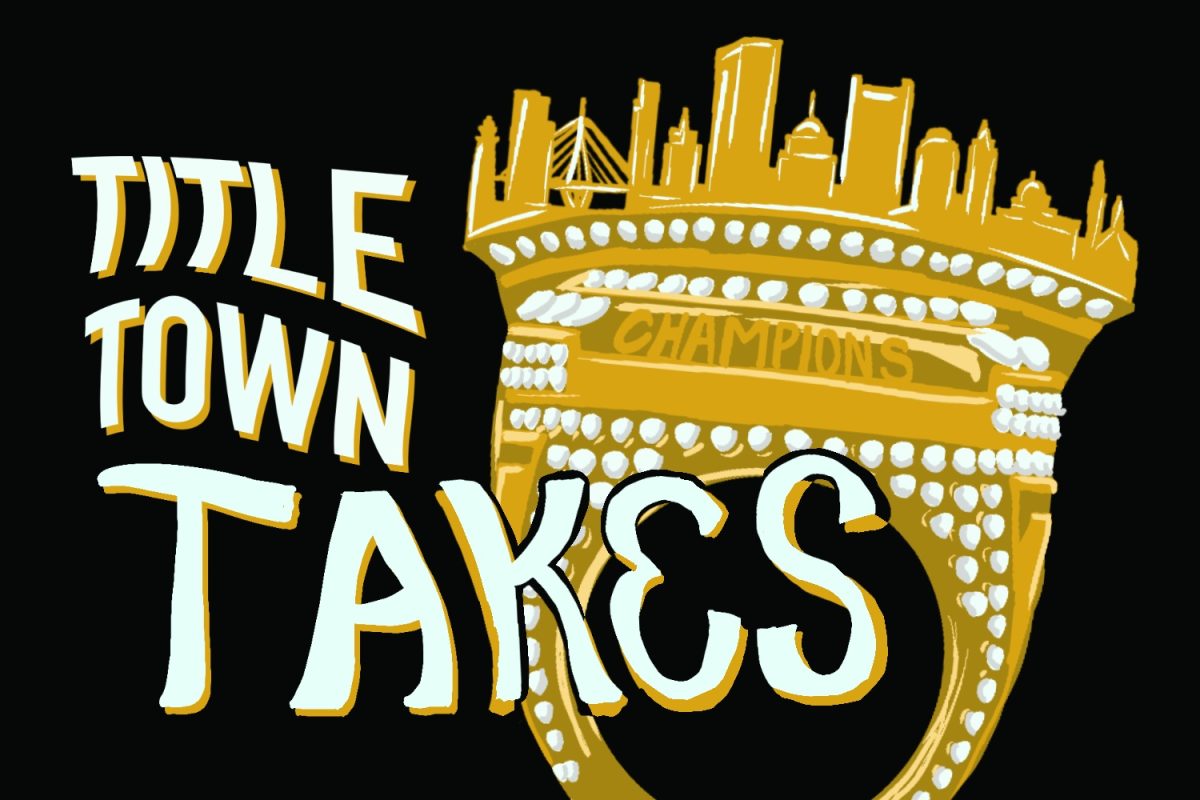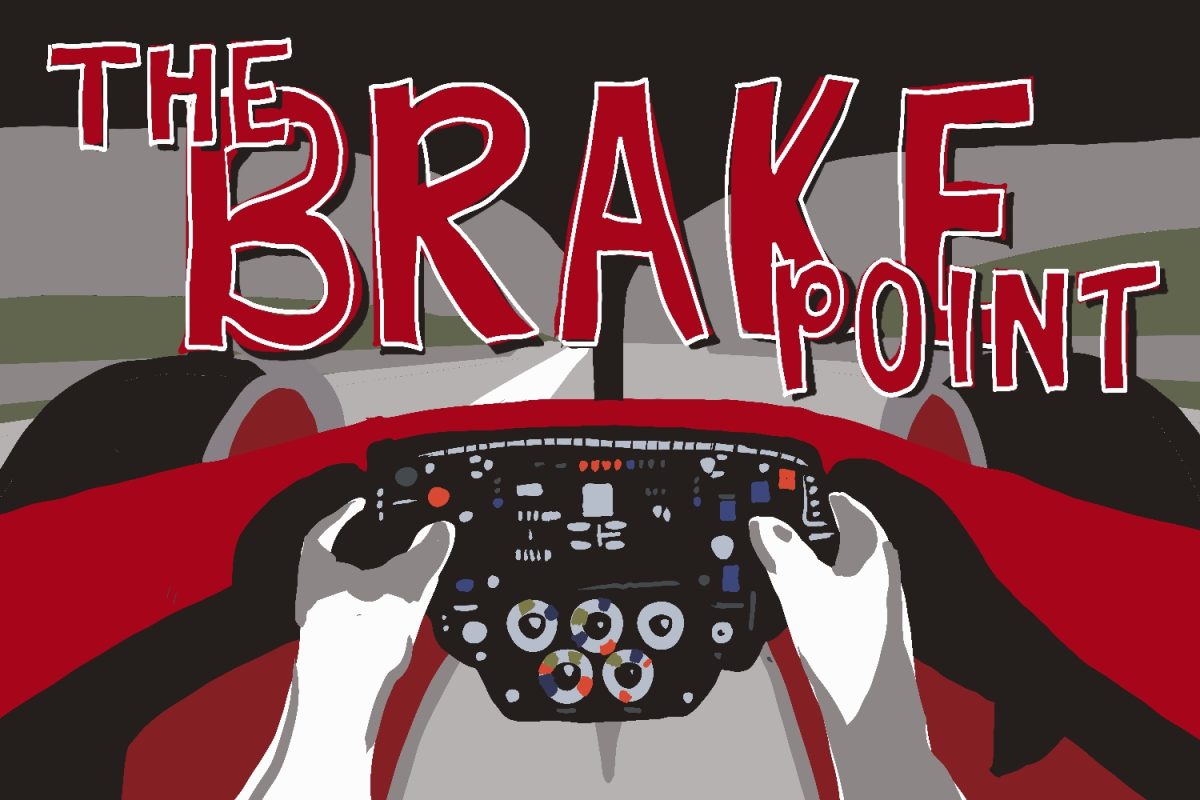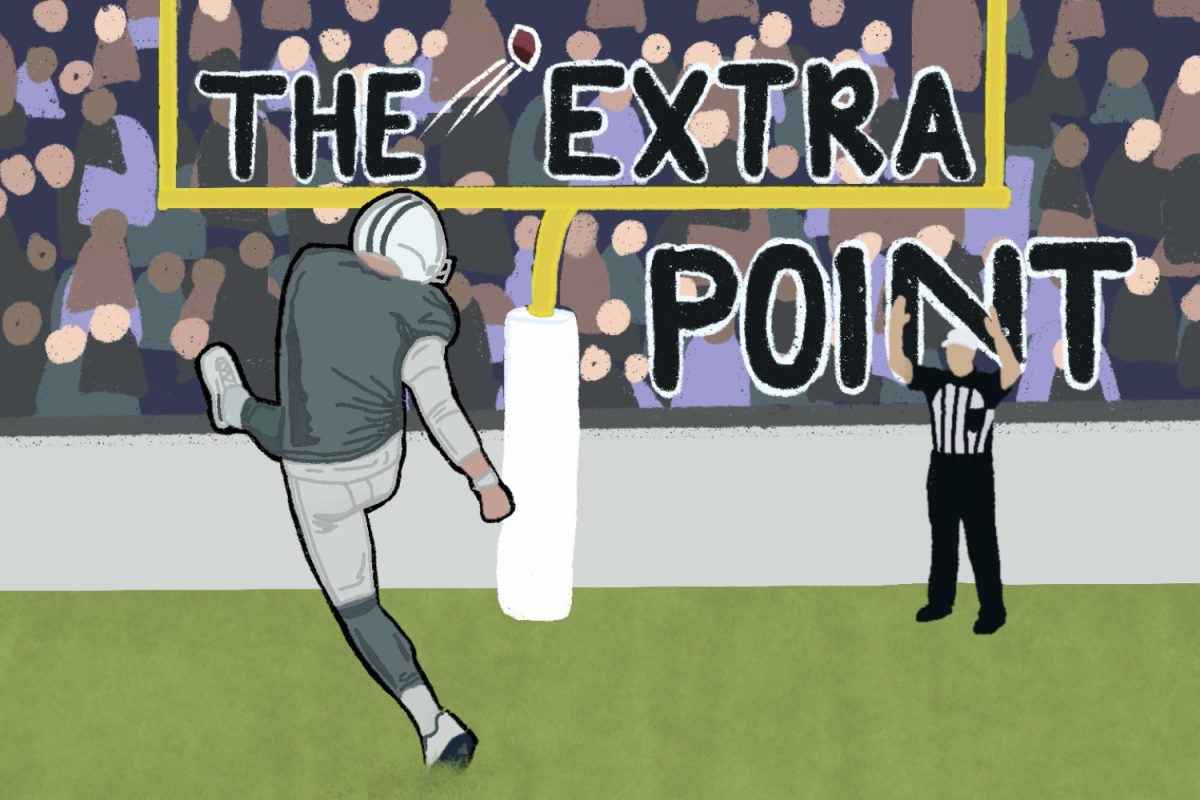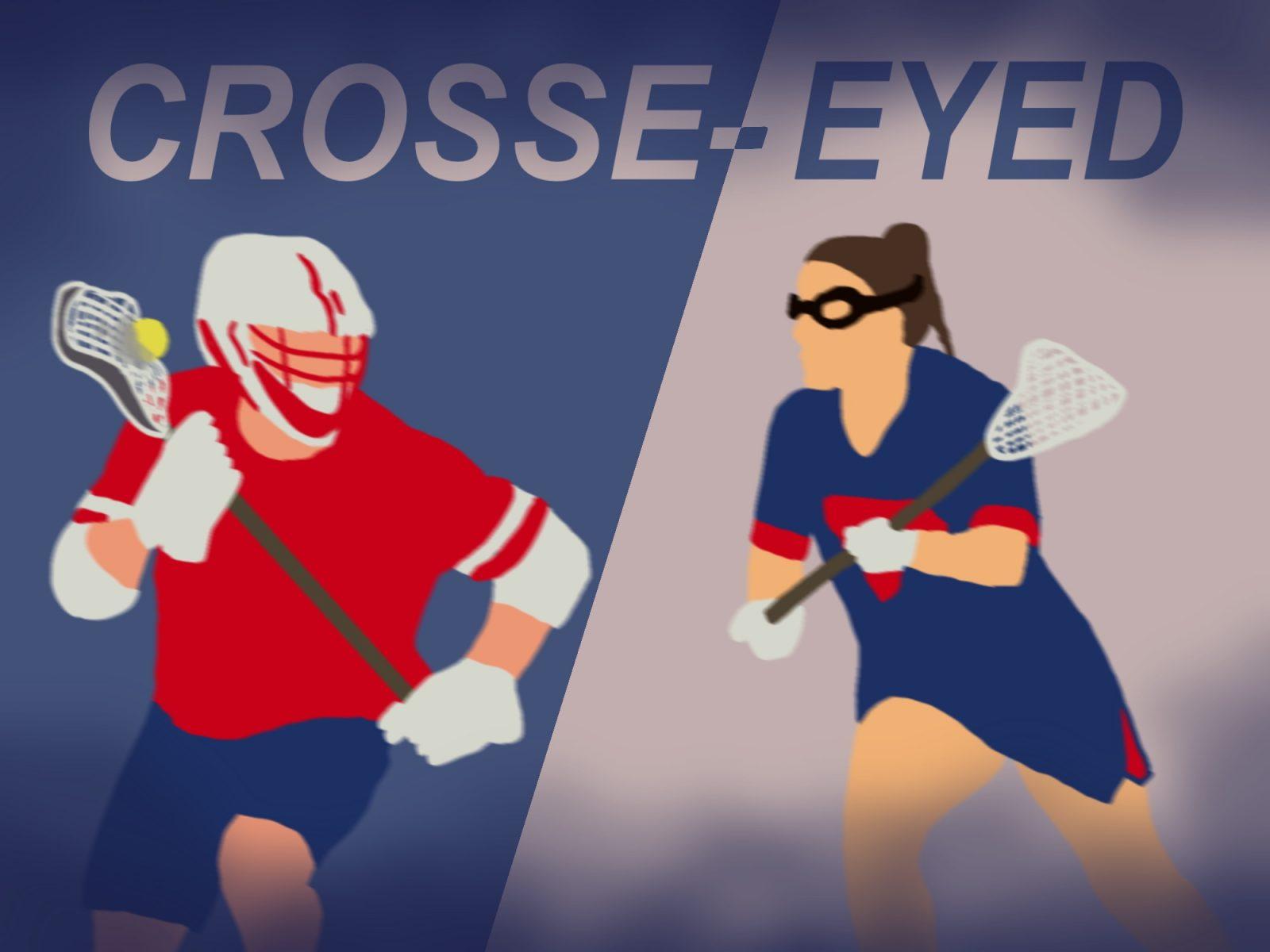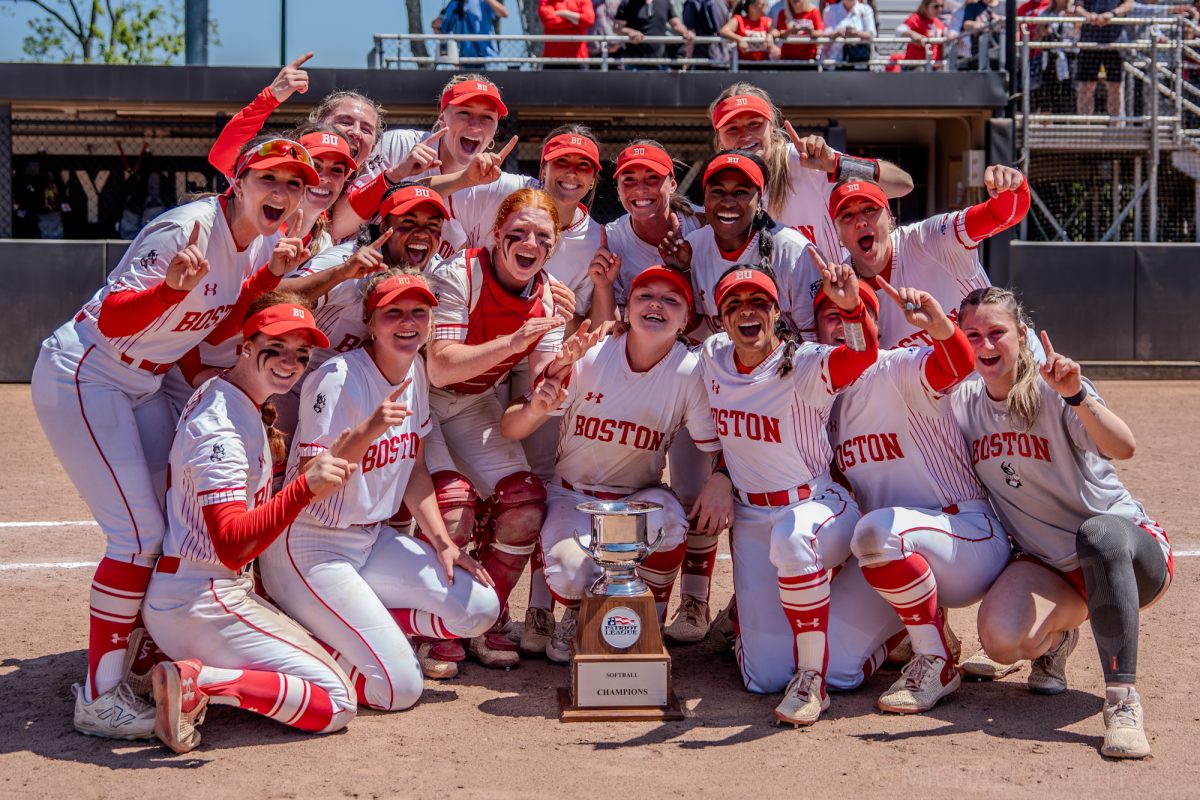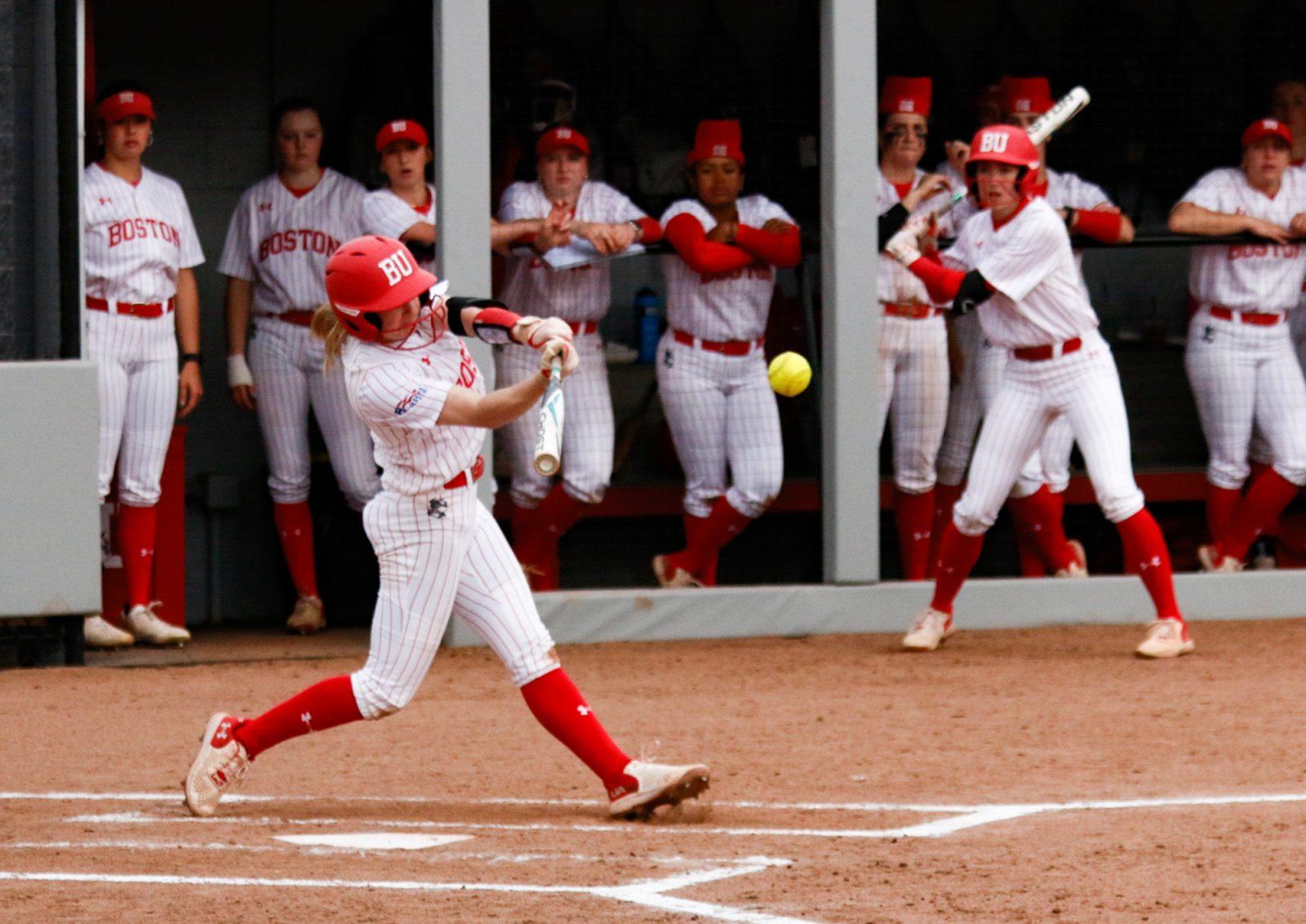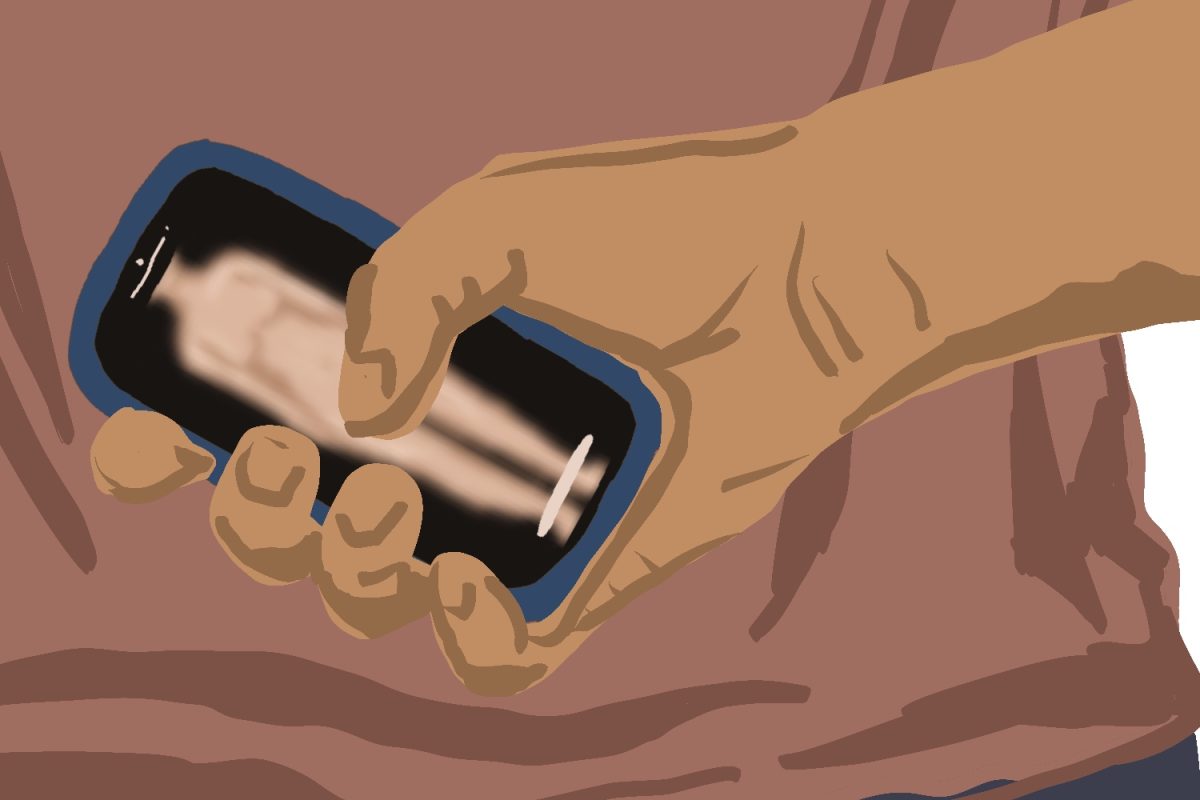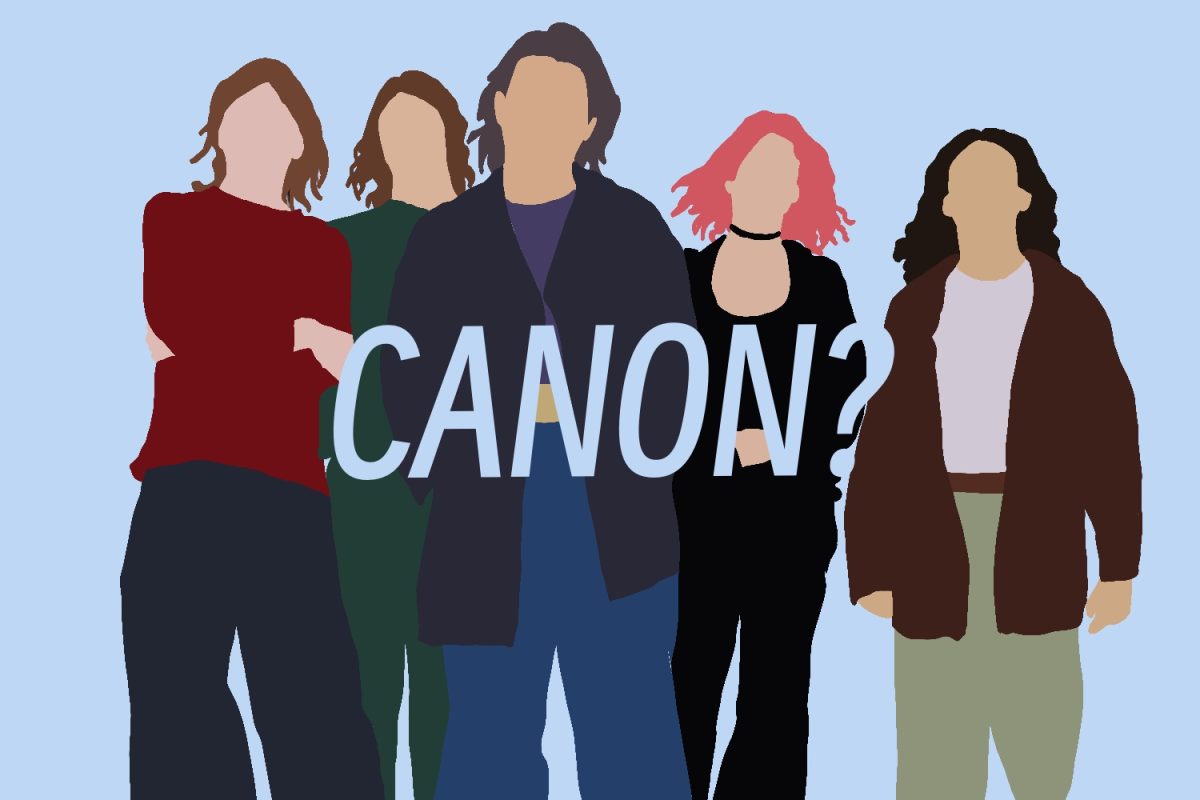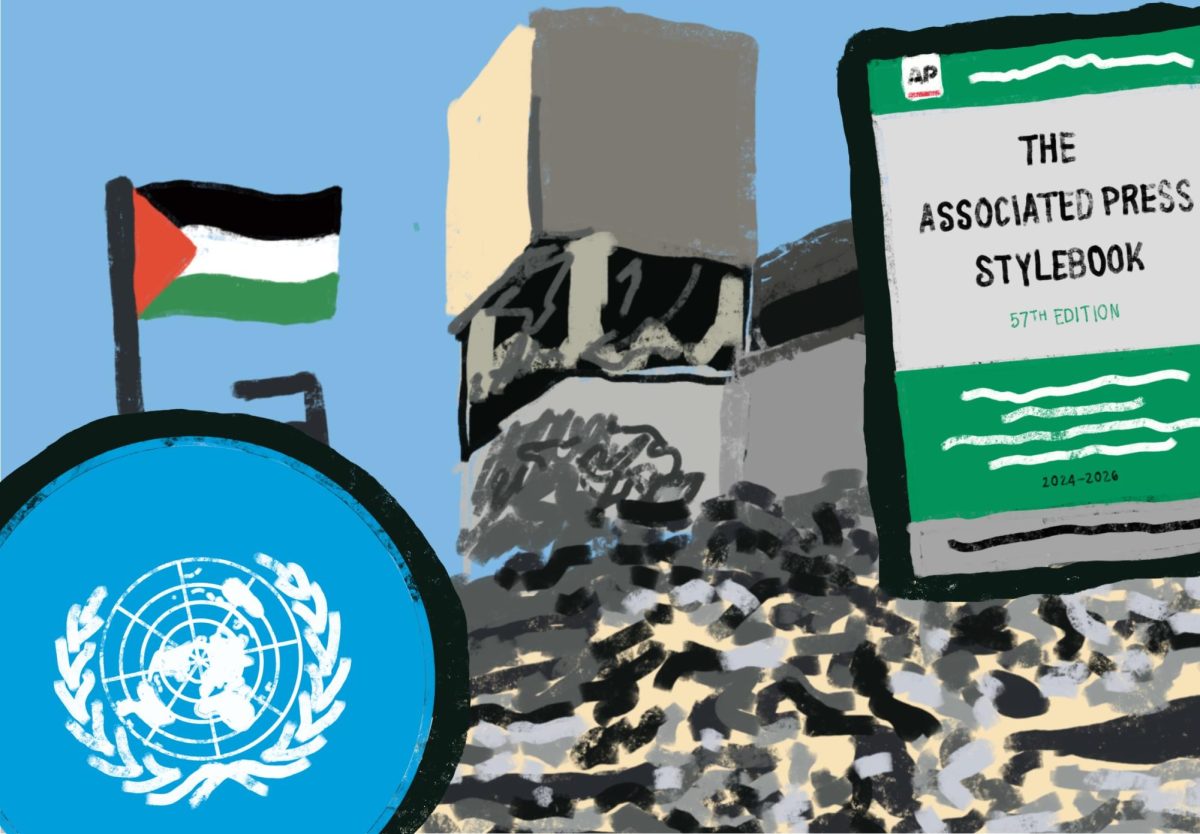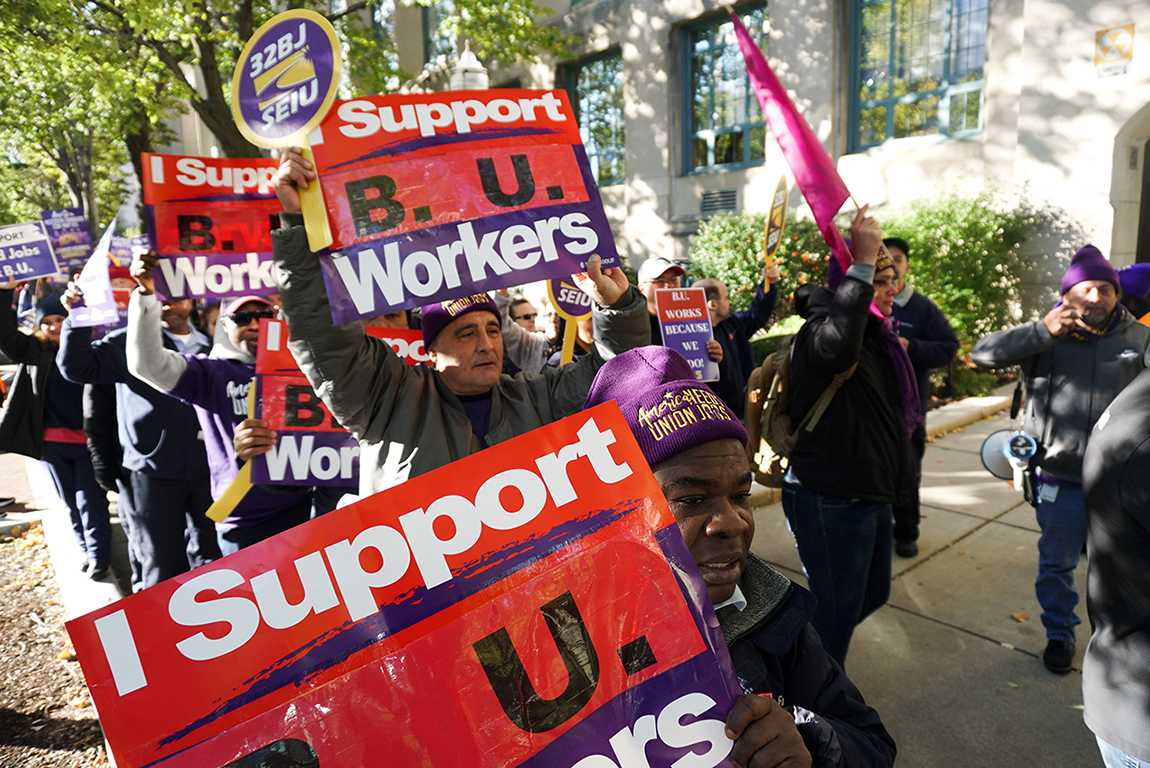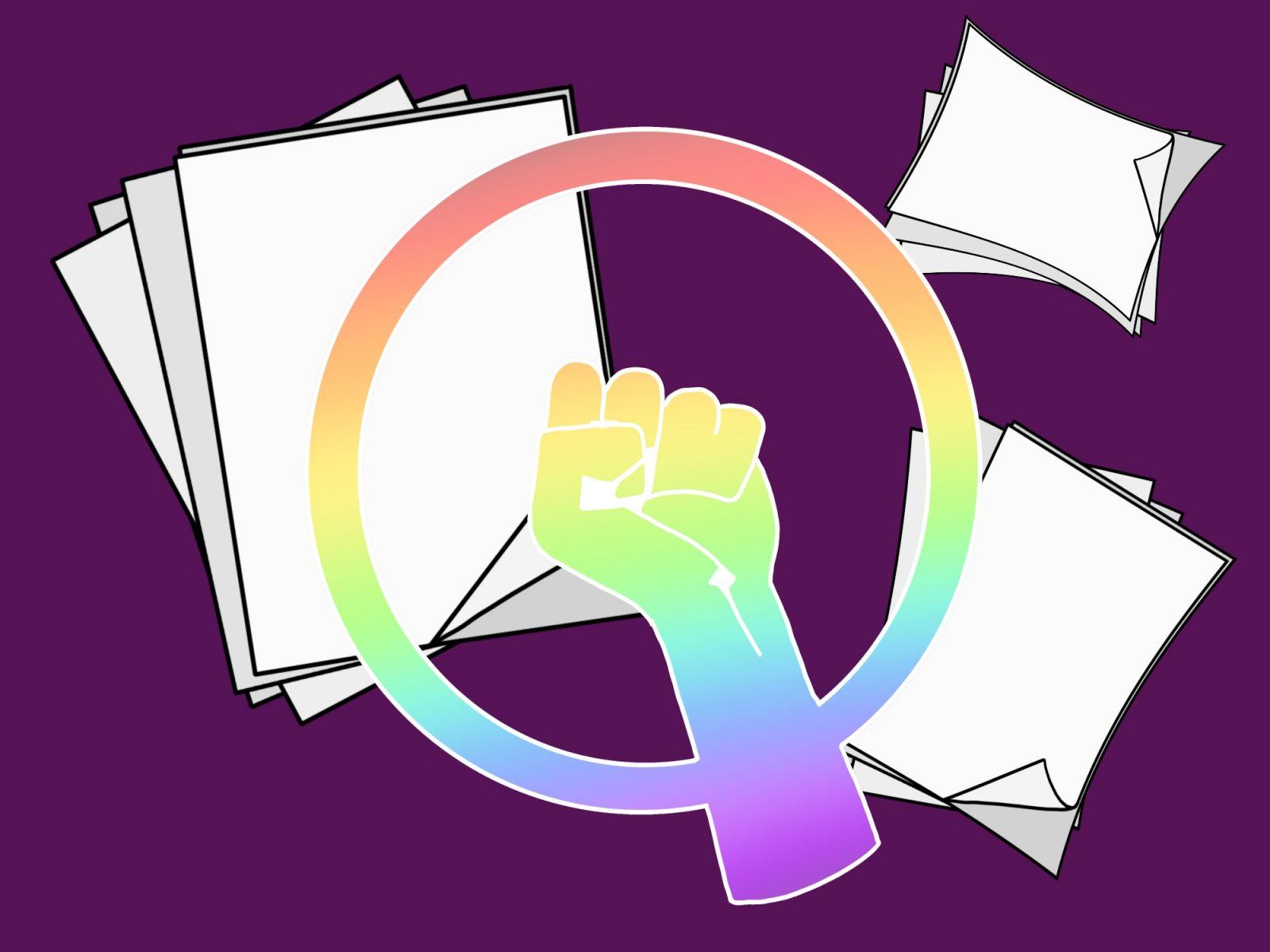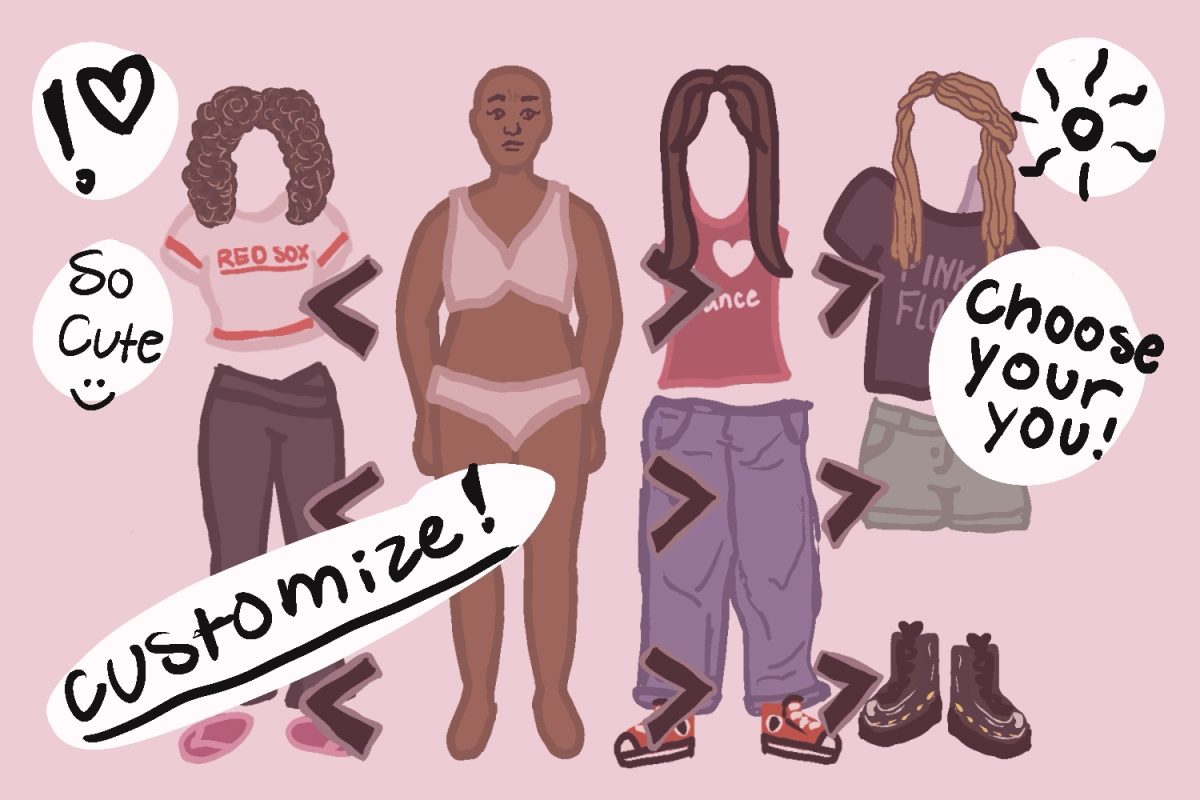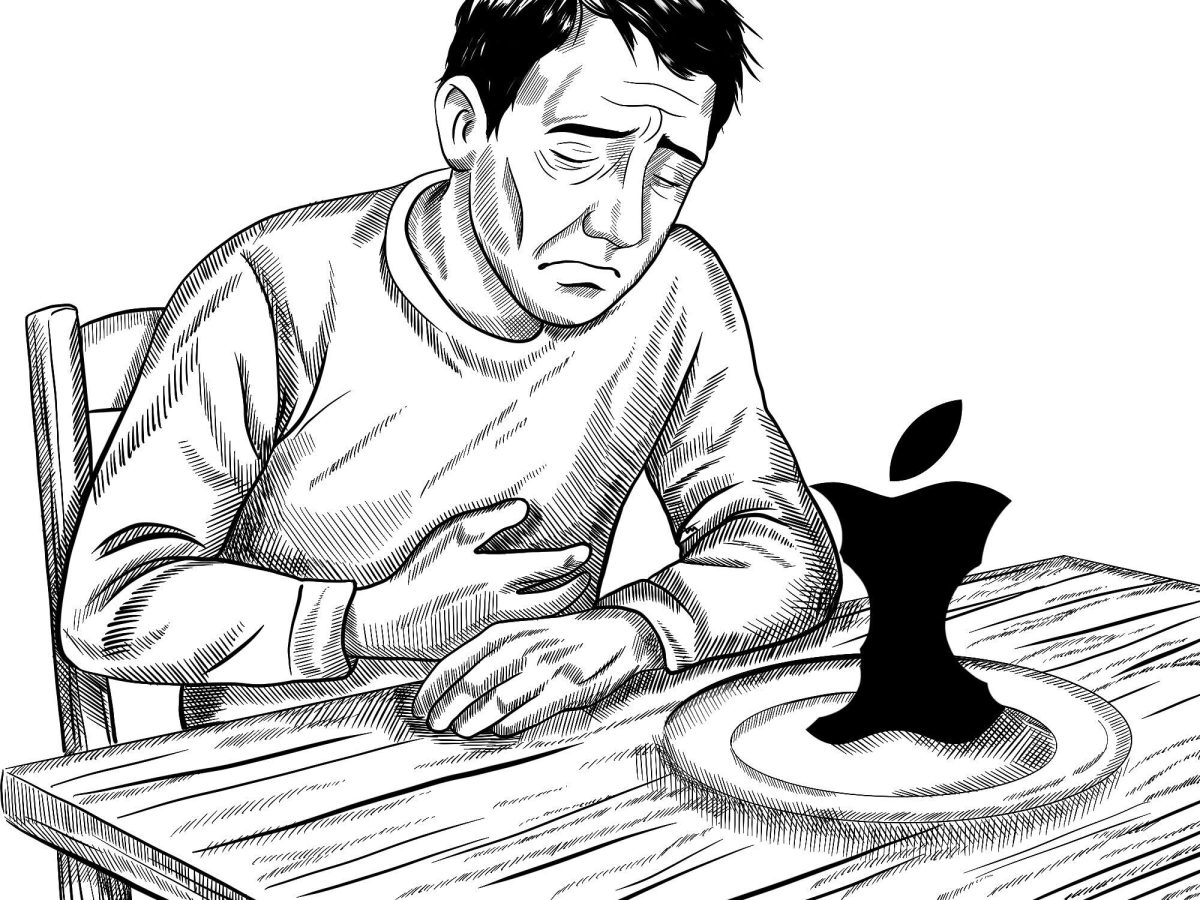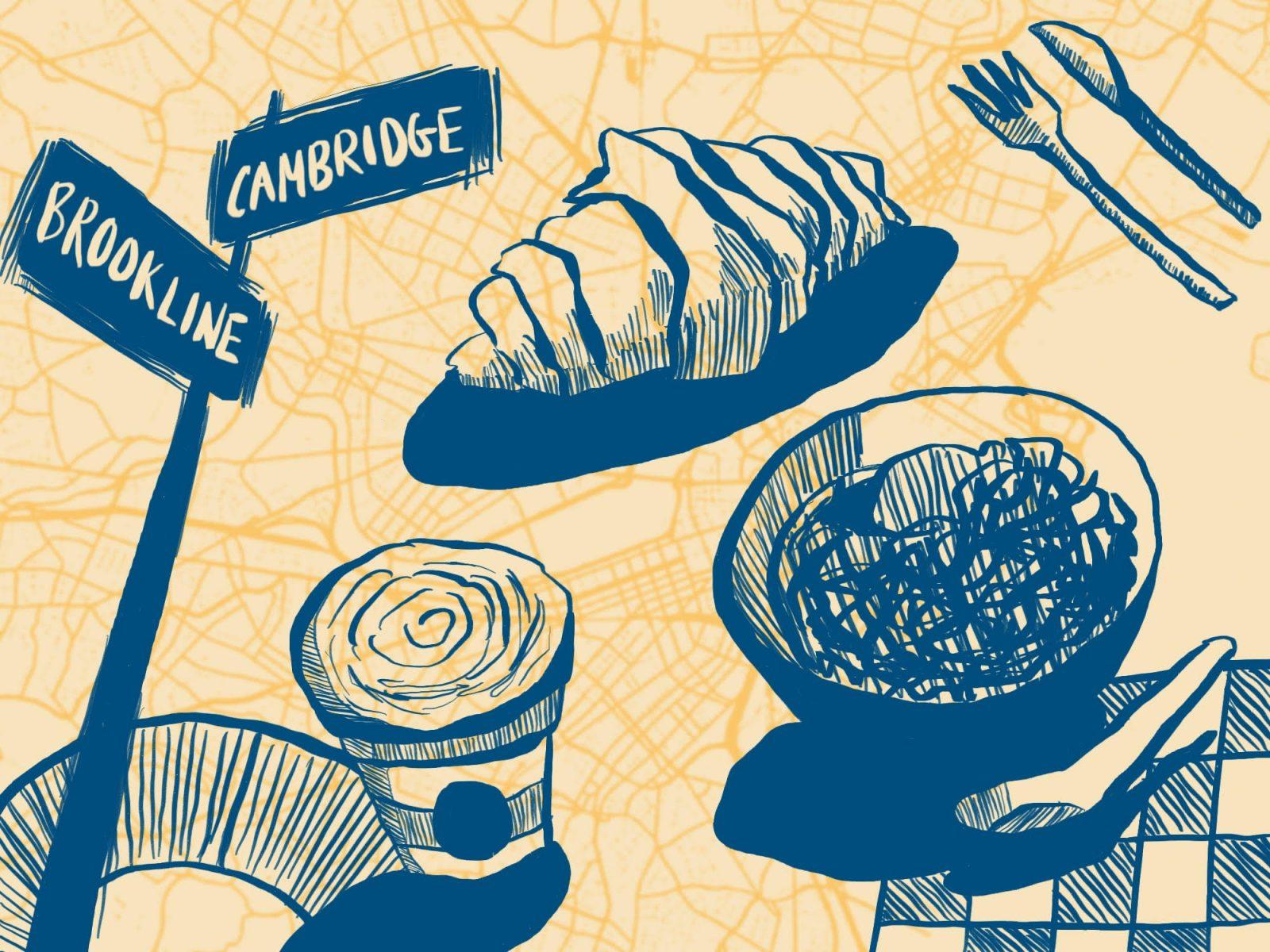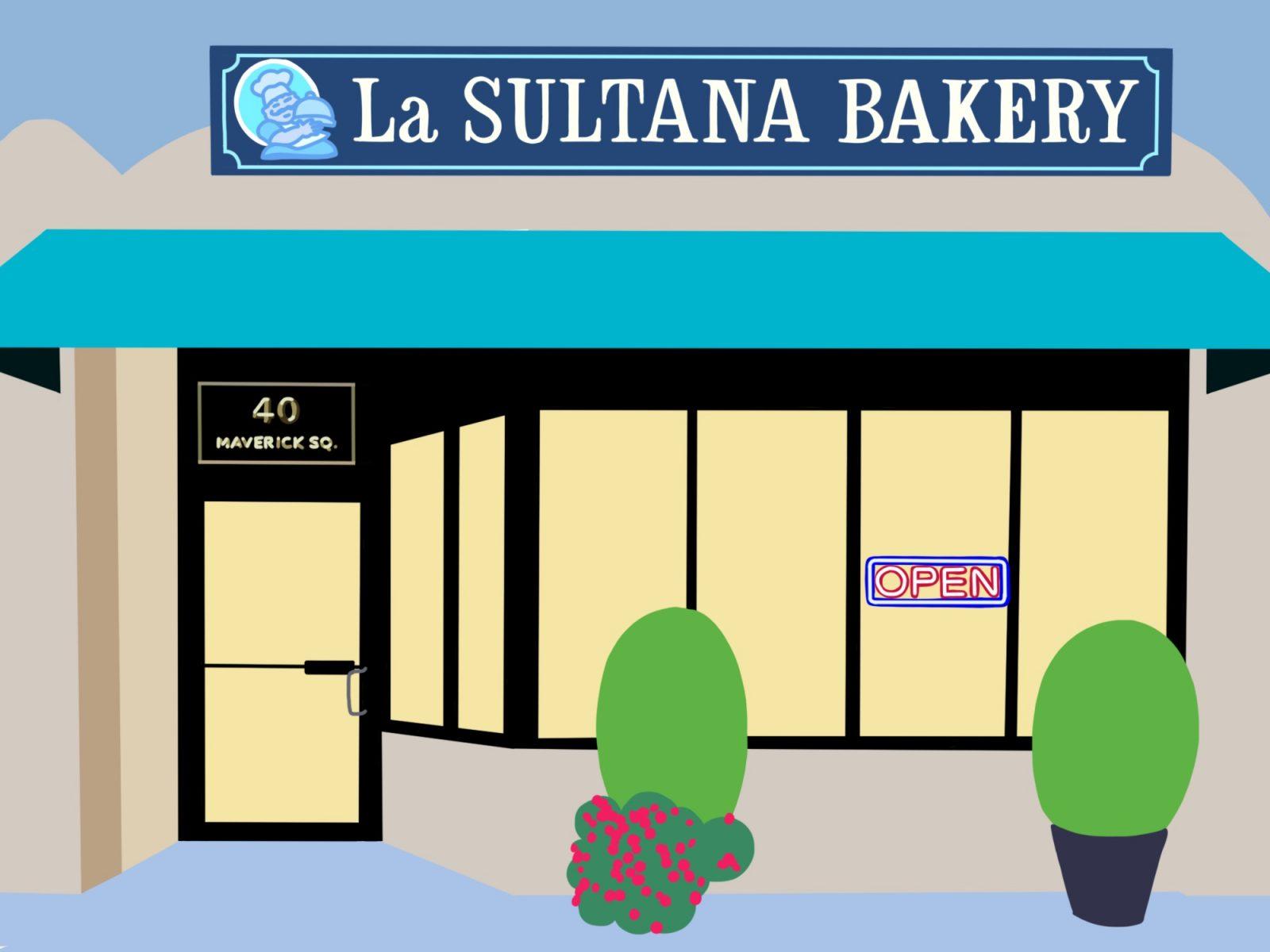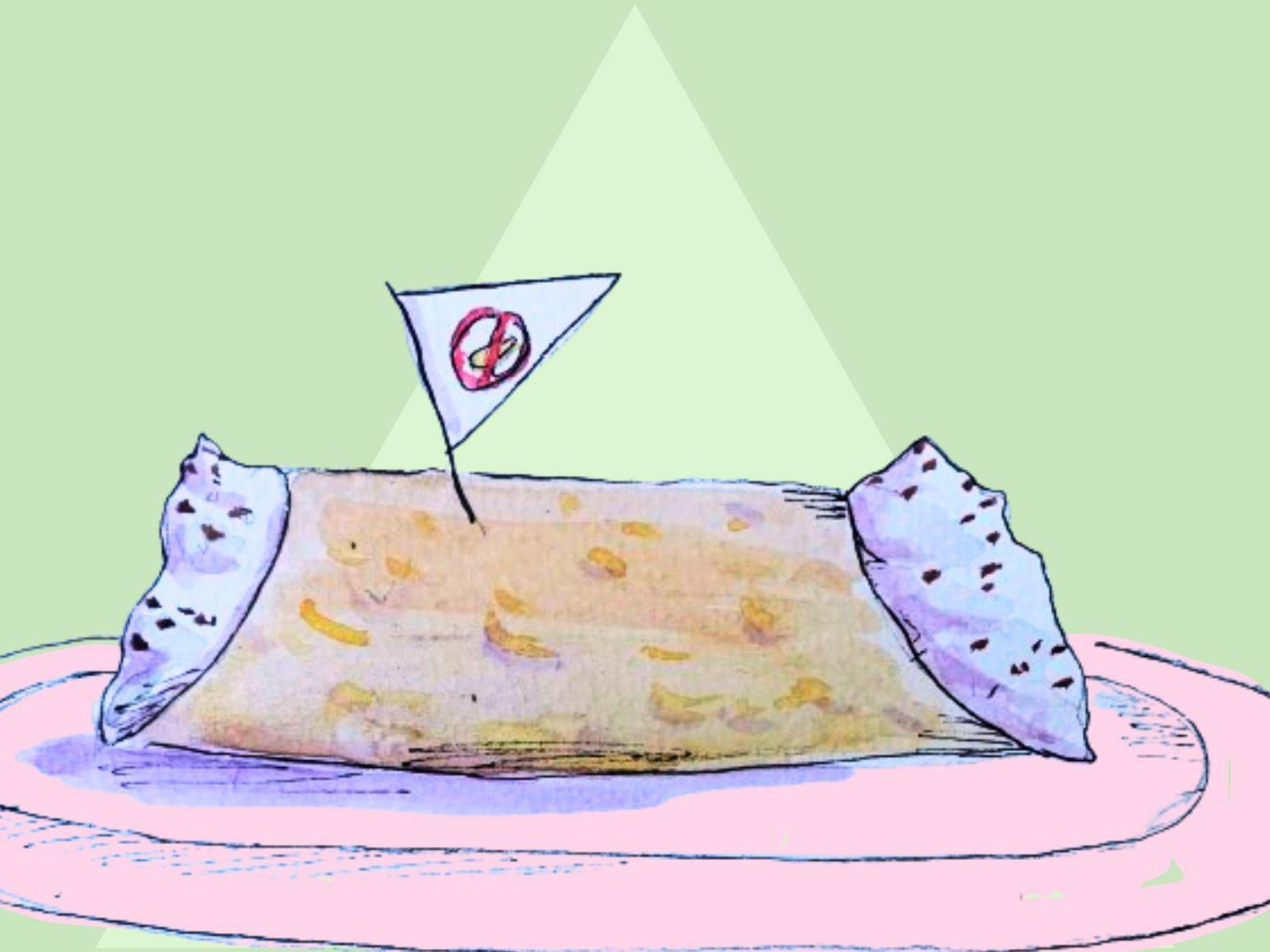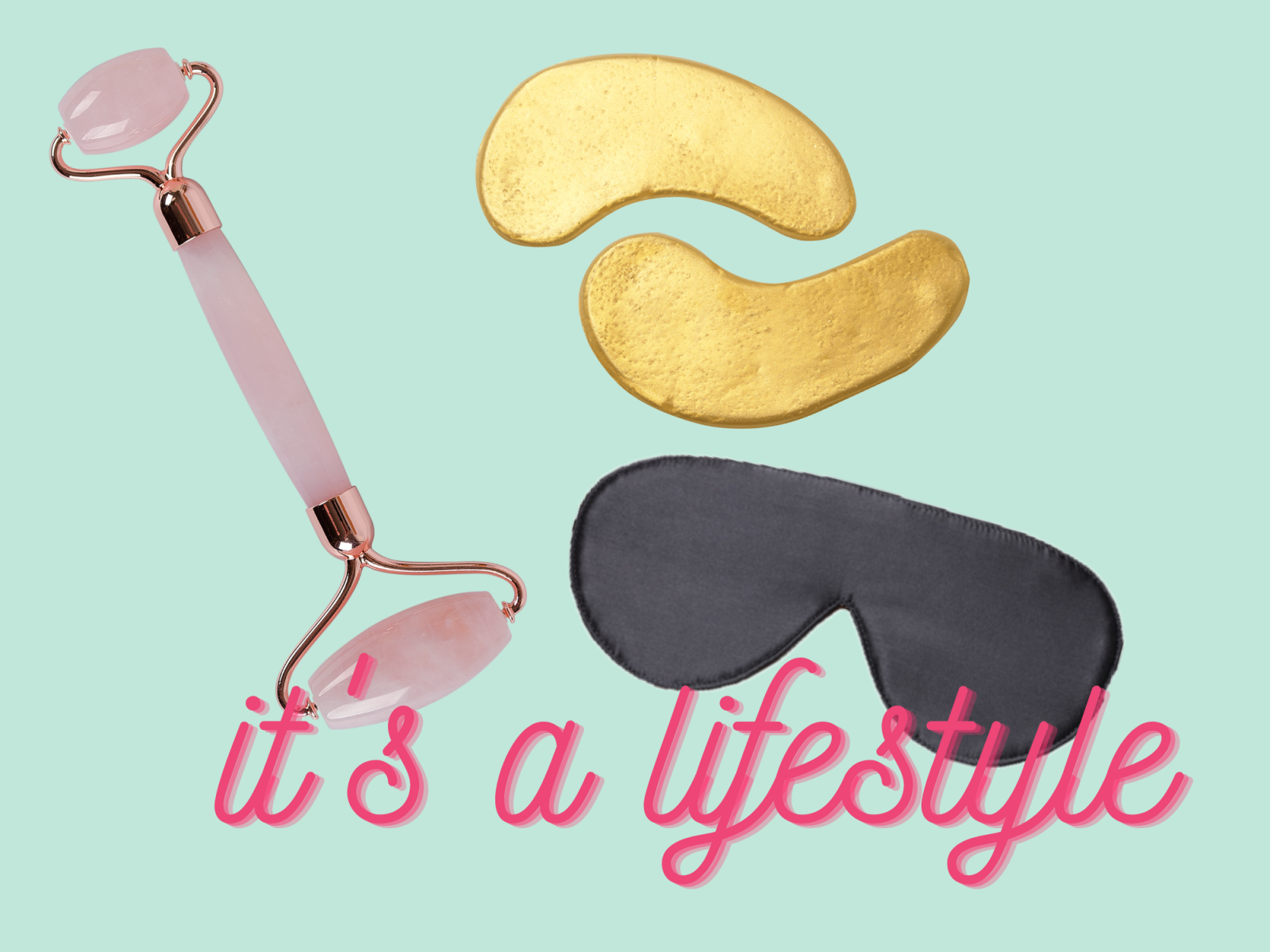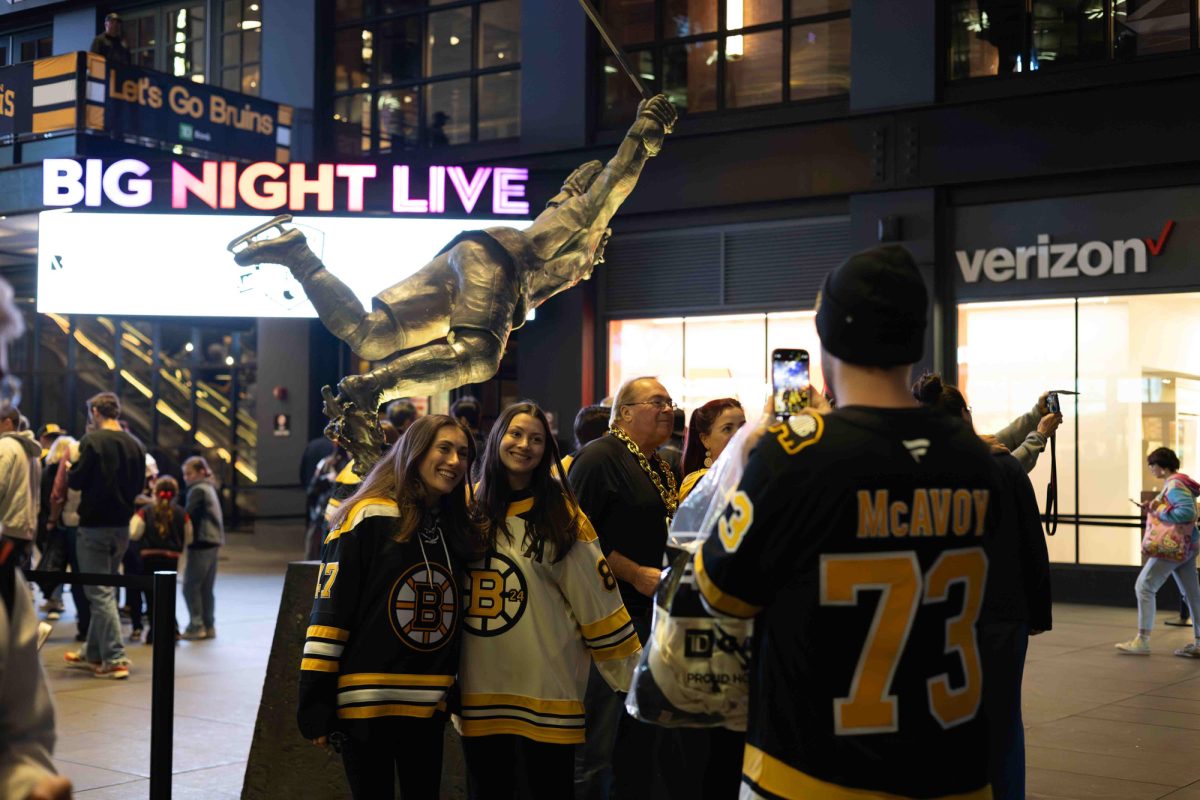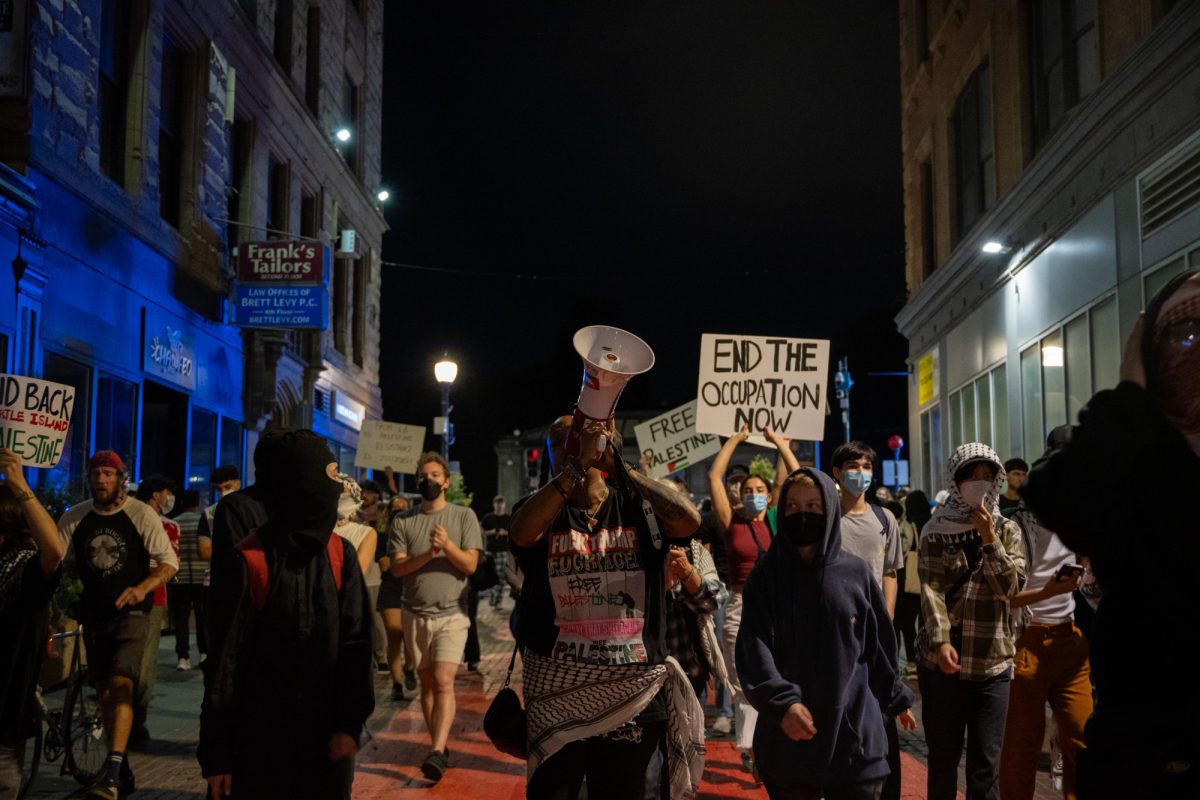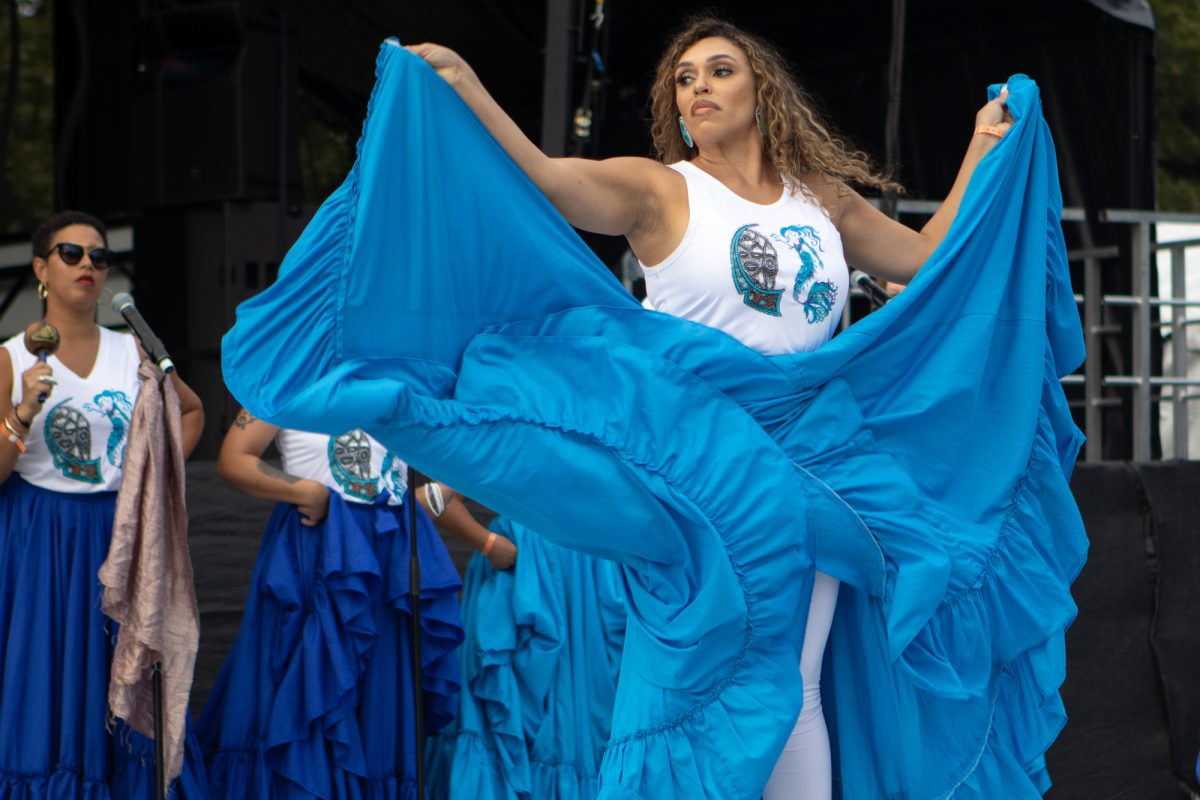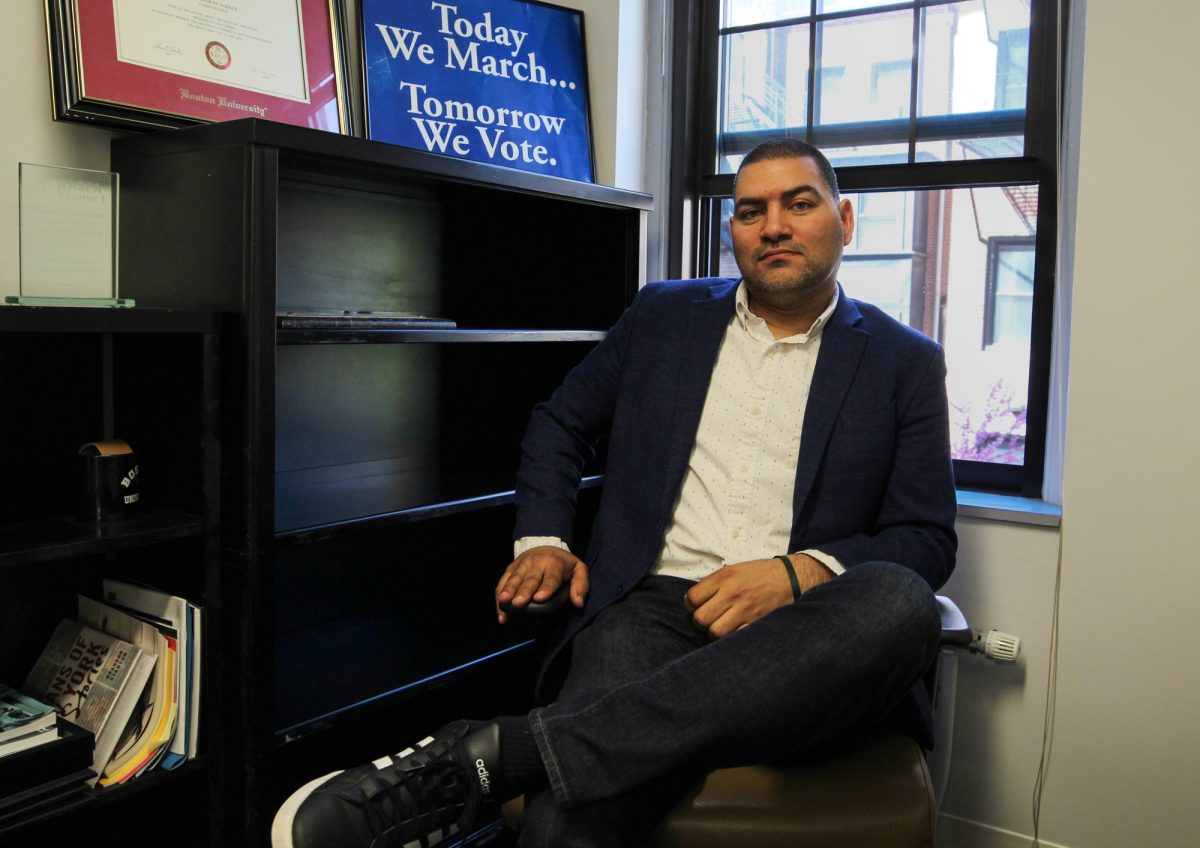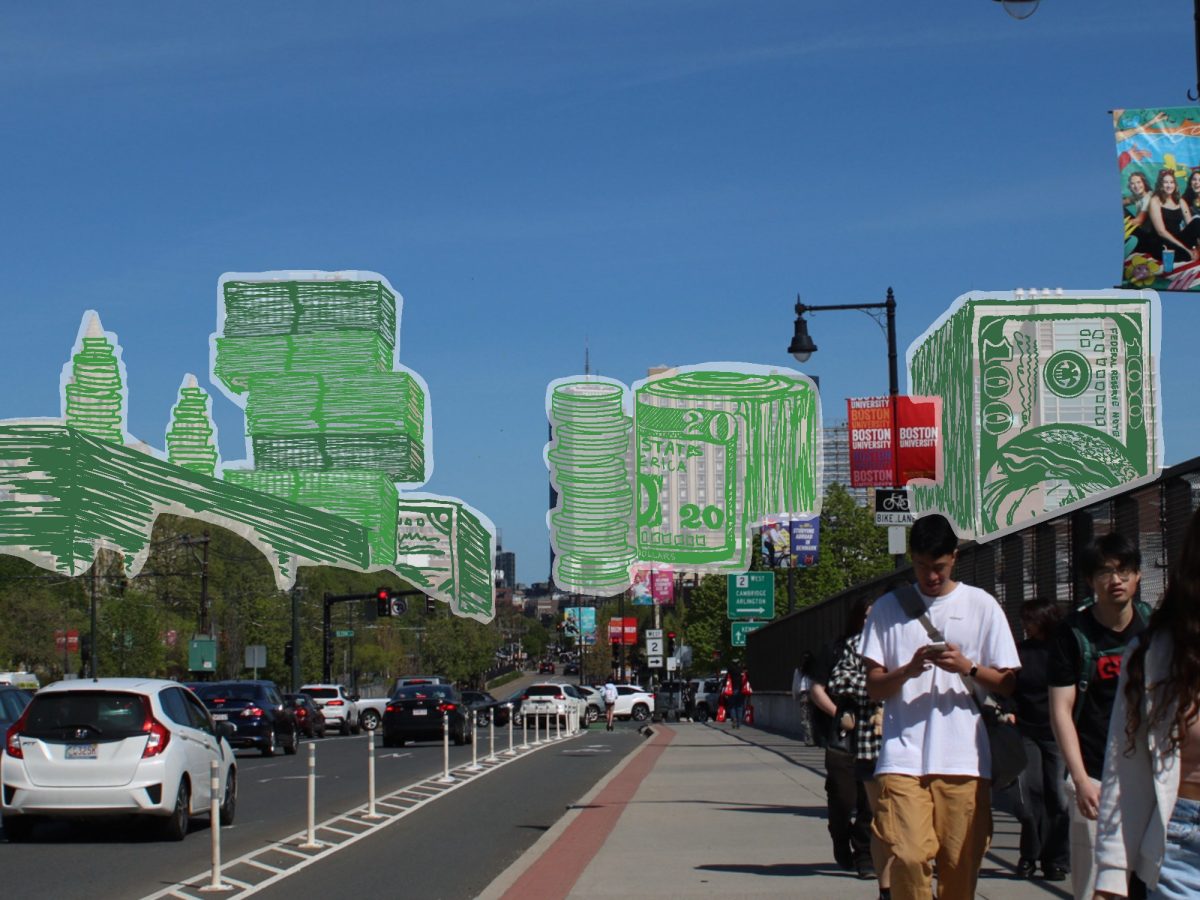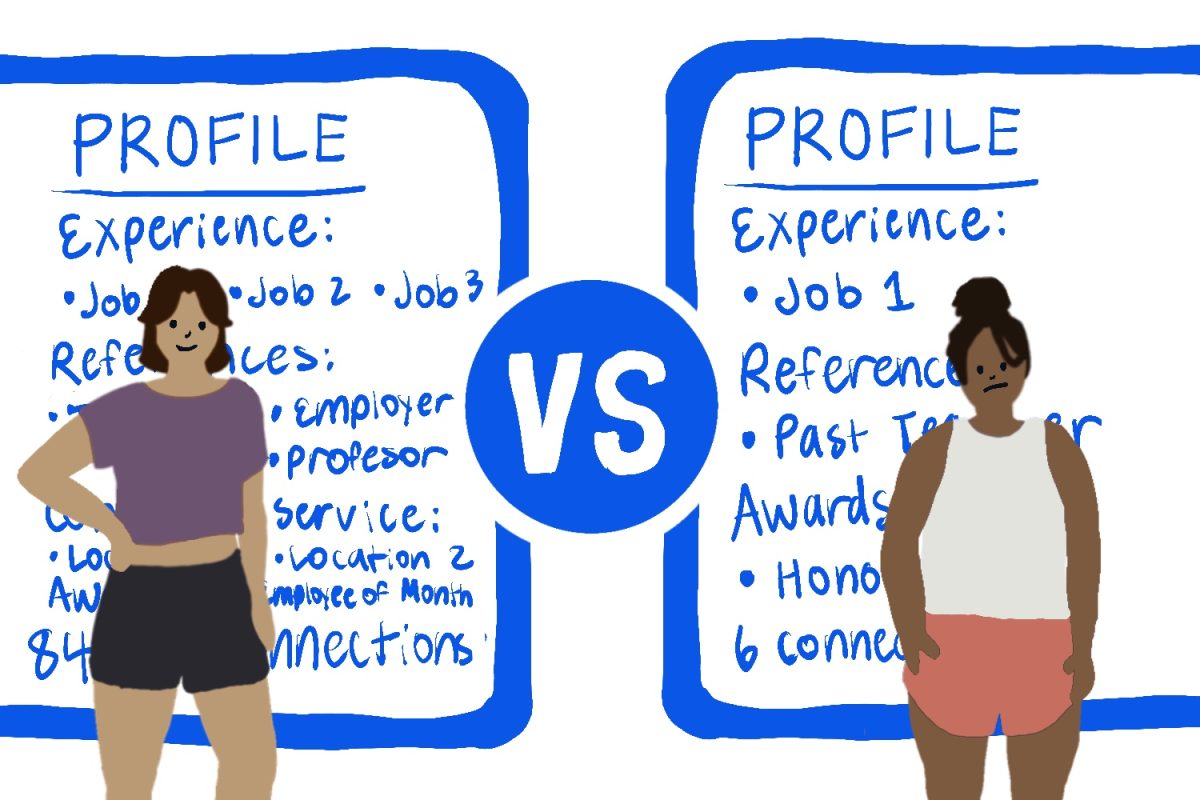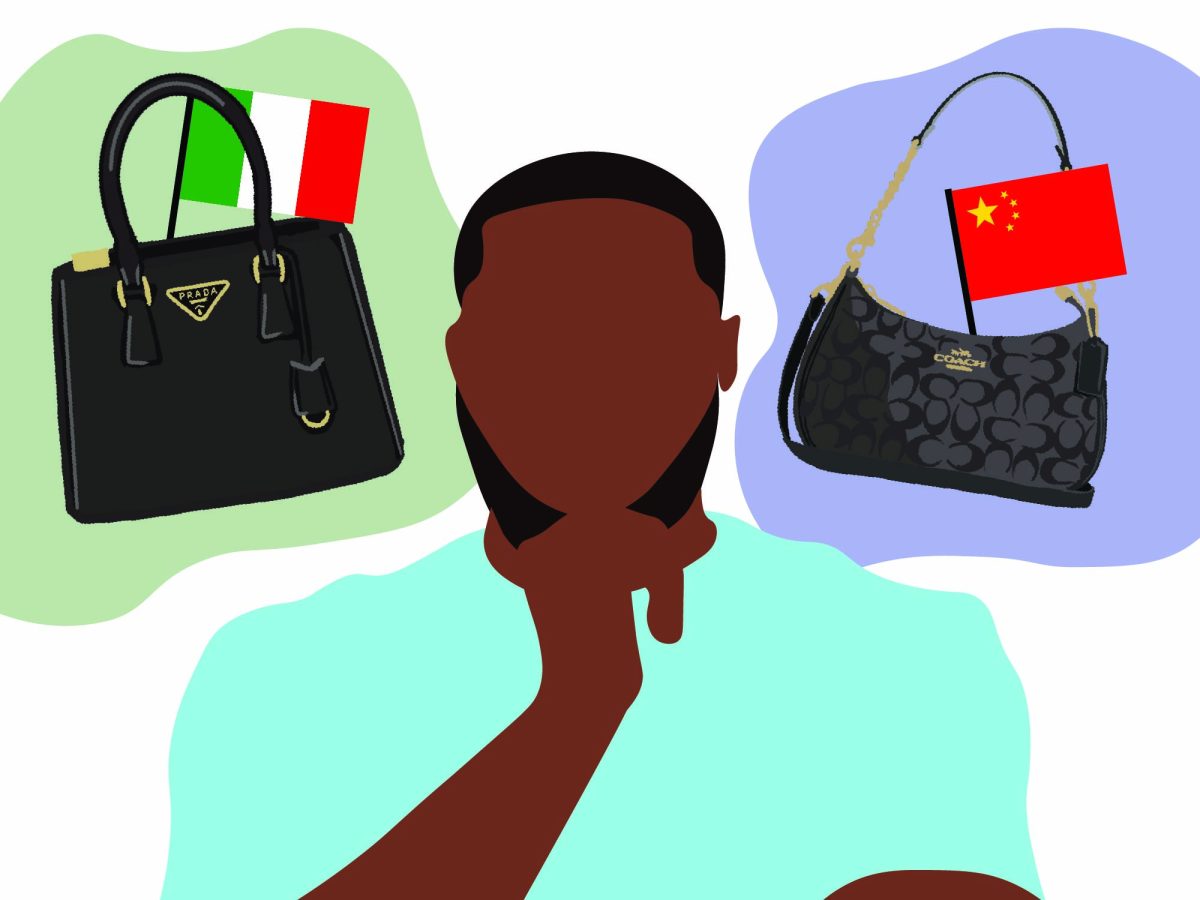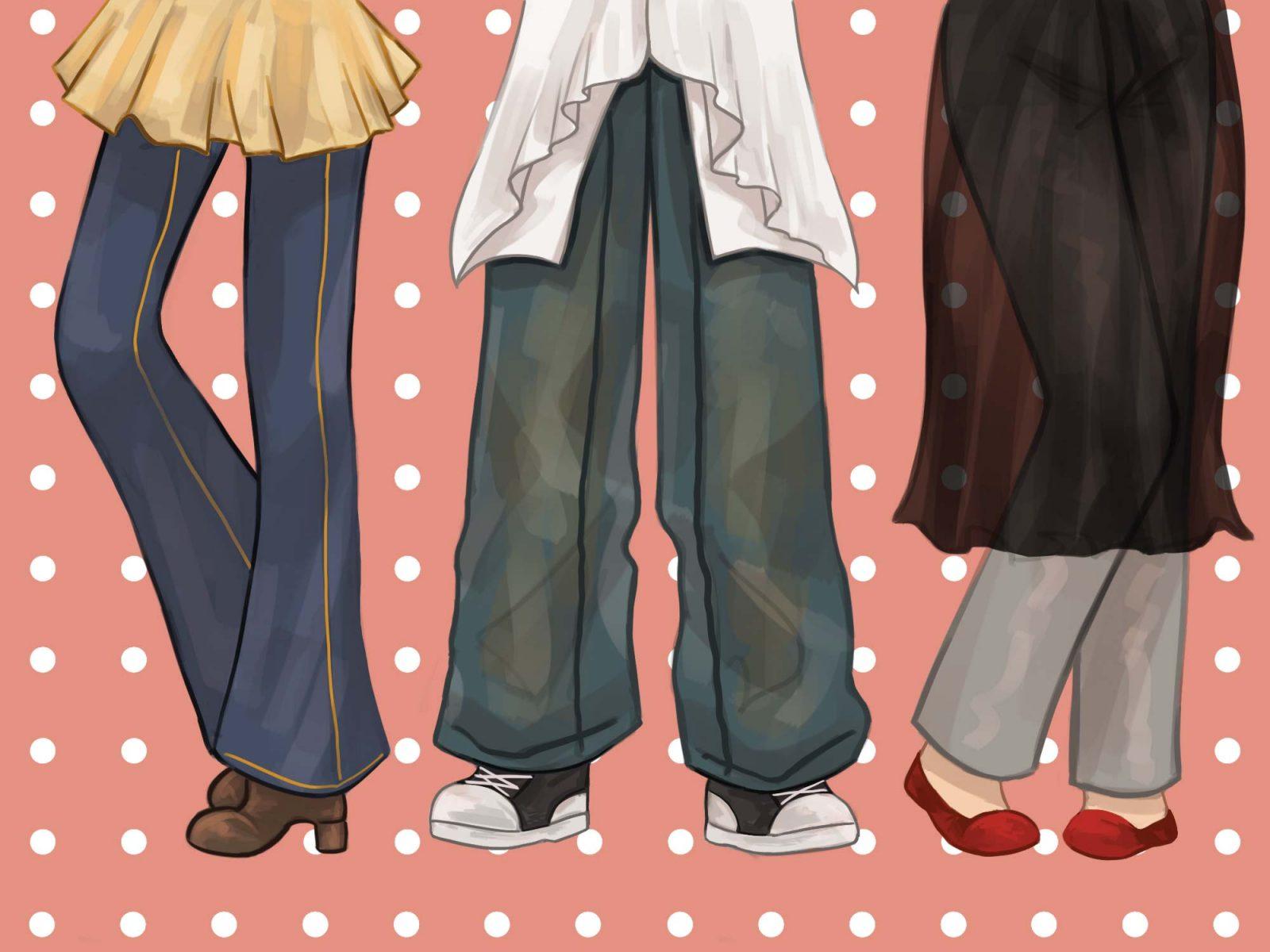Apple CEO Tim Cook and football player Odell Beckham Jr. might not be your typical source of fashion news, but last week, their outfits were the center of an internet debate.
It started when they both showed up to a New Orleans restaurant dressed drastically differently. Cook, a billionaire, wore an understated pants and shirt with an Apple Watch, while Beckham Jr. sported a flashy watch that retails for $490,000.
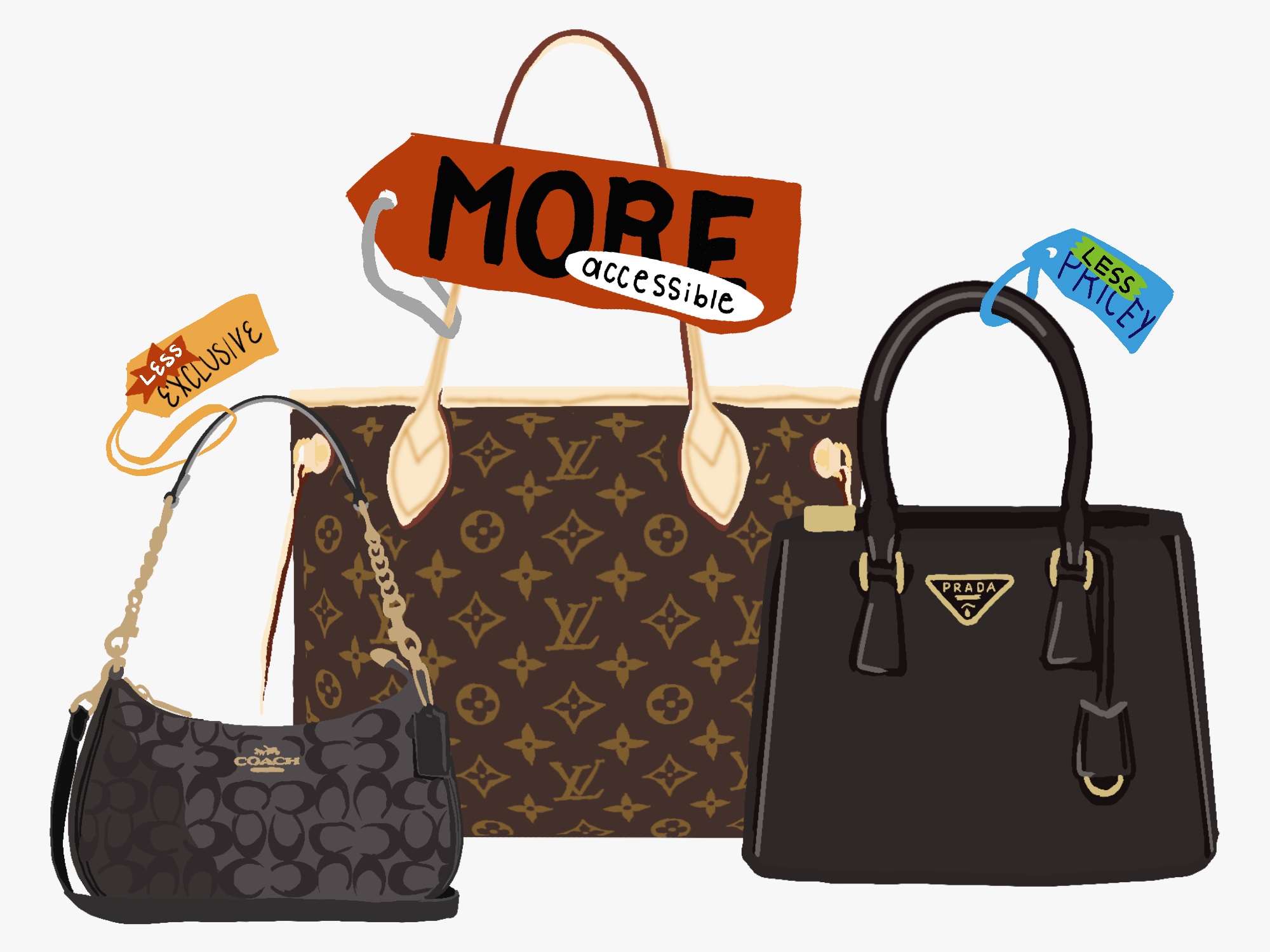
It’s important to note Cook’s net worth is 60 times larger than Beckham Jr.’s.
Internet commentators were quick to pin this difference as billionaire fashion — understated and unfettered by the need to put wealth on display — versus millionaire fashion — flashy and laden with designer logos.
Of course, for those of us hunting for stray quarters to pay for laundry, the difference between Beckham Jr.’s and Cook’s net worth probably seems minor. But the debate over whether more expensive clothes really equals a bigger bank balance extends far beyond these two celebrities.
Today, sporting well-known luxury brand names could actually reveal your — gasp — middle to upper-middle class status.
Why?
As many internet commentators and columnists have pointed out, billionaires are so wealthy they don’t need to prove it to the rest of the world through a Louis Vuitton bag or $500,000 Richard Mille watch. Their money is sitting quietly on the shore of their private island in the form of a yacht.
Instead, it’s people who have just reached the level of financial security needed to afford designer brands who flock to buy luxury items — and sometimes they’re not actually there yet and are buying on credit.
You might be wondering why all of this is important when you can barely afford eggs — let alone the Maison Margiela tabis on your Pinterest board.
Well, the fact that well-known luxury names are no longer associated with our vision of the 1% might be the key to freeing the middle class from the clutches of designer brands. That’s a good thing, because a lot of the time, these companies sell a false promise of privilege that ultimately hurts the environment.
Let’s start with the manufactured exclusivity of luxury brands.
Recent trends reveal designer companies actually target middle class consumers by marketing the perception of wealth.
So while Fancy-Pants McGee with his trust fund might be featured in an advertisement for, say, Versace, he’s probably not actually walking into the store. Rather, it’s Joe Schmoe who just moved up a tax bracket and wants his coworkers to know.
To maintain this image of exclusivity, brands like Burberry and Cartier have been known to destroy excess supply at the end of the selling season so their products continue to seem rare and in demand. It’s also a way to keep prices high, rather than lowering the cost of the excess goods to increase demand and sell them off.
As the world wakes up to the nonexistence of this fictional luxury brand customer who belongs to the top 1%, these companies are also taking a financial hit. Share prices of LVMH, Estée Lauder, Kering, Burberry and more all fell sharply last year.
This dwindling popularity offers us a perfect chance to question these companies’ ethical practices.
In 2018, luxury fashion was responsible for more than $2 billion in greenhouse gas emissions, or around 4% of the world total, according to McKinsey. In the realm of labor rights, Armani and Dior were probed in Italy last year following reports of worker exploitation.
Given these transgressions, high-end fashion’s glossy image of generational wealth becomes not just mythical, but downright ugly.
Turning away from wearing the same top ten brand names also allows us to change our definition of luxury goods.
Instead of splurging on a logo-plastered purse, why not spend the money at an artisan leather bag shop, or check out a new local business? This shift in mindset can even be a chance to discover mid-range brands like Polène, Ganni and Sandro that receive rave reviews for their innovation and high-end feel.
Lastly, rejecting these brands’ marketing tactics also leaves more money to invest in a retirement account. I know you’re probably rolling your eyes right now — after all, you didn’t read this column for dad advice — but you’ll thank me when that Chanel On The Pavements bag you’re eyeing ends up on a “worst of 2025” list.
In noting the false exclusivity of the designer world, it’s important not to shame people that do continue to sport luxury brand logos.
Just because names like Marc Jacobs and Chanel have become synonymous with middle class and nouveau riche fashion doesn’t mean there’s anything wrong with being one of those demographics. And we can’t deny the important influence of New York fashion designer Dapper Dan’s logomania, which made designer logos popular in streetwear.
Instead, we should take advantage of the growing disillusionment with luxury fashion to question the brands themselves. In doing that, we can reimagine what kind of clothing — or really, what kind of clothing companies — actually deserve exorbitant sums of our money.
Until then, I’ll be keeping my credit card tucked safely inside my wallet.

